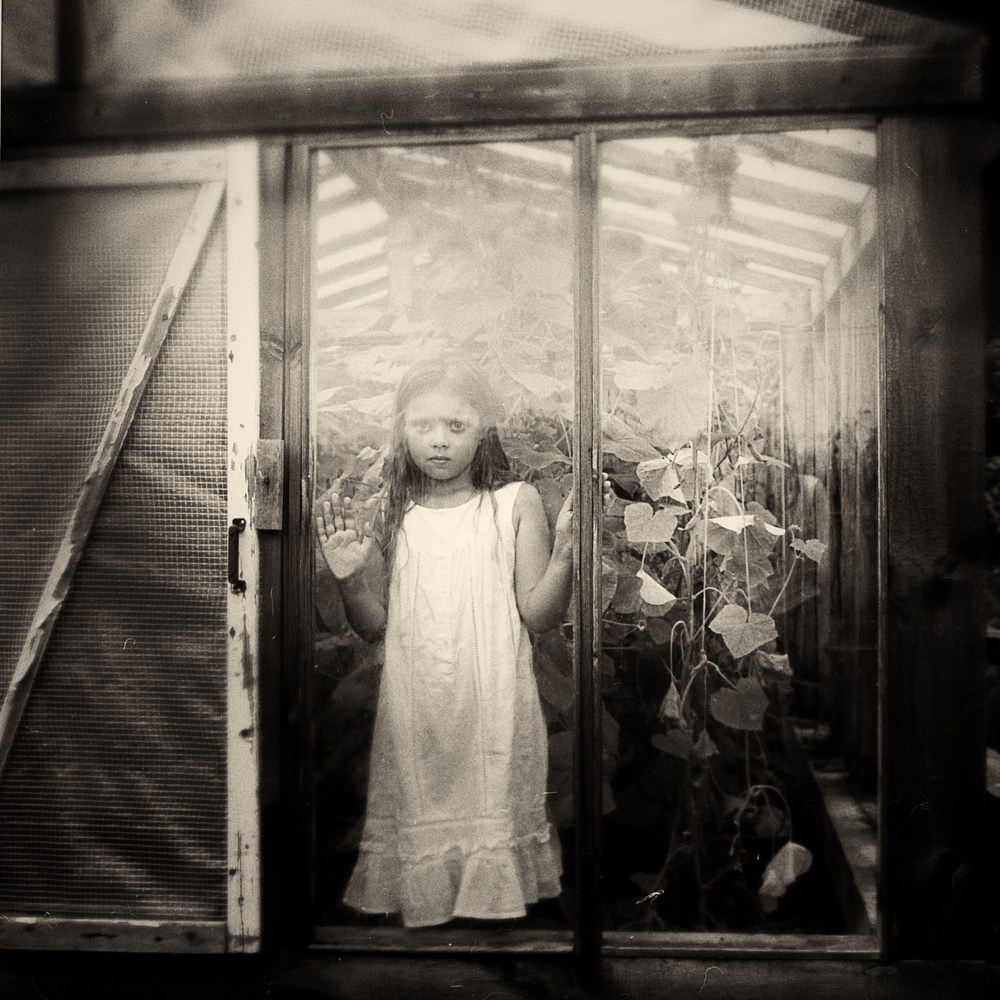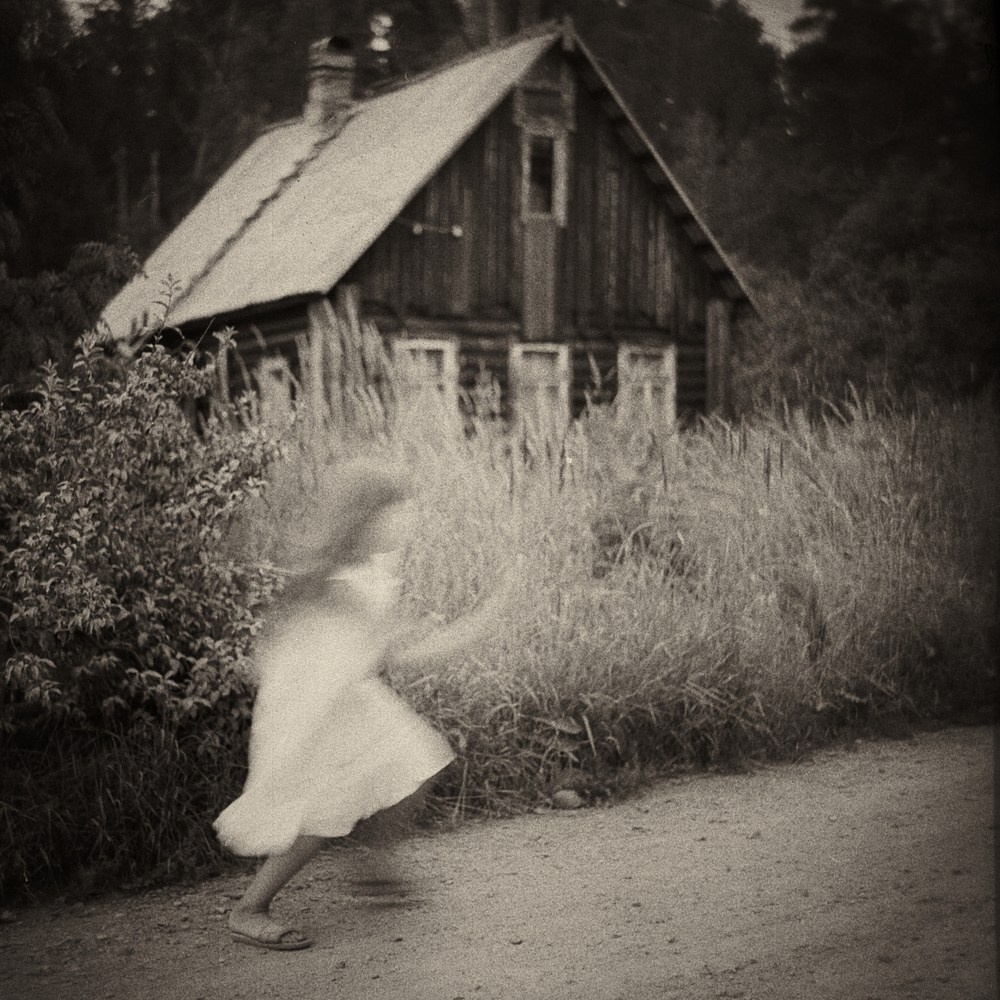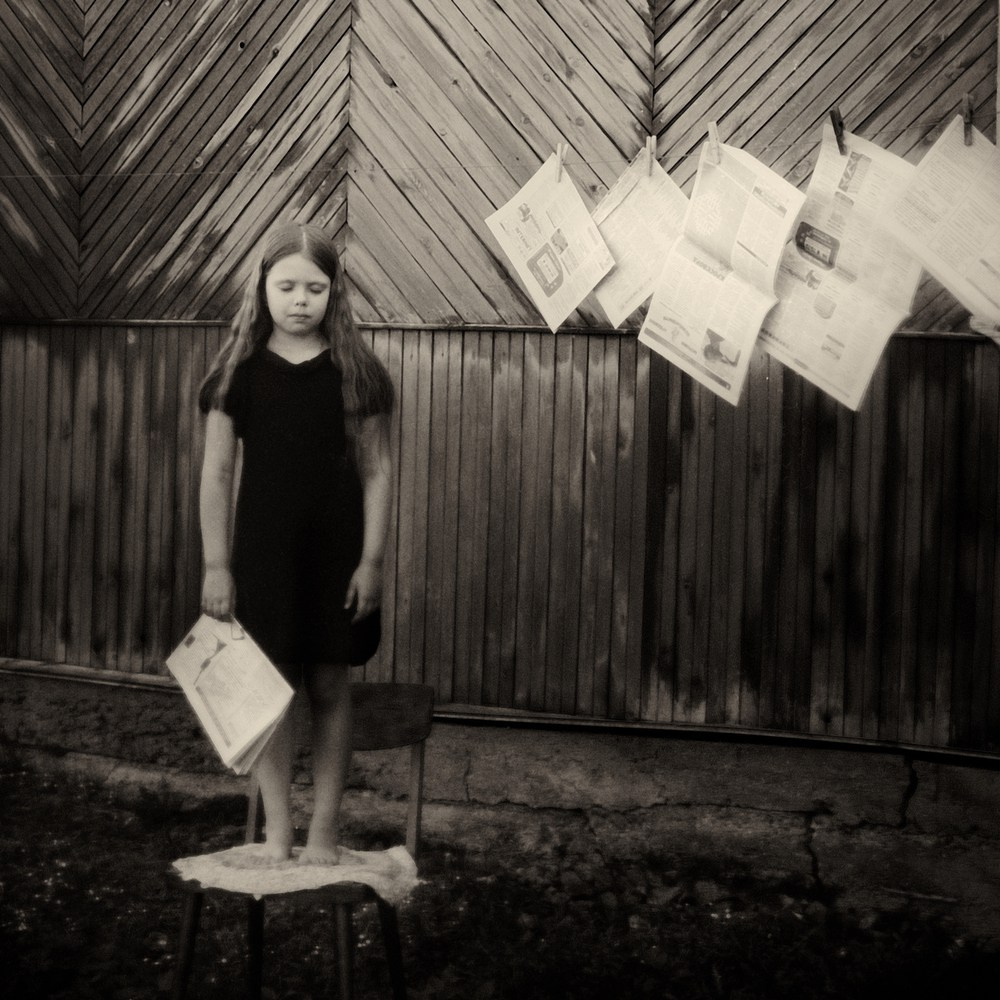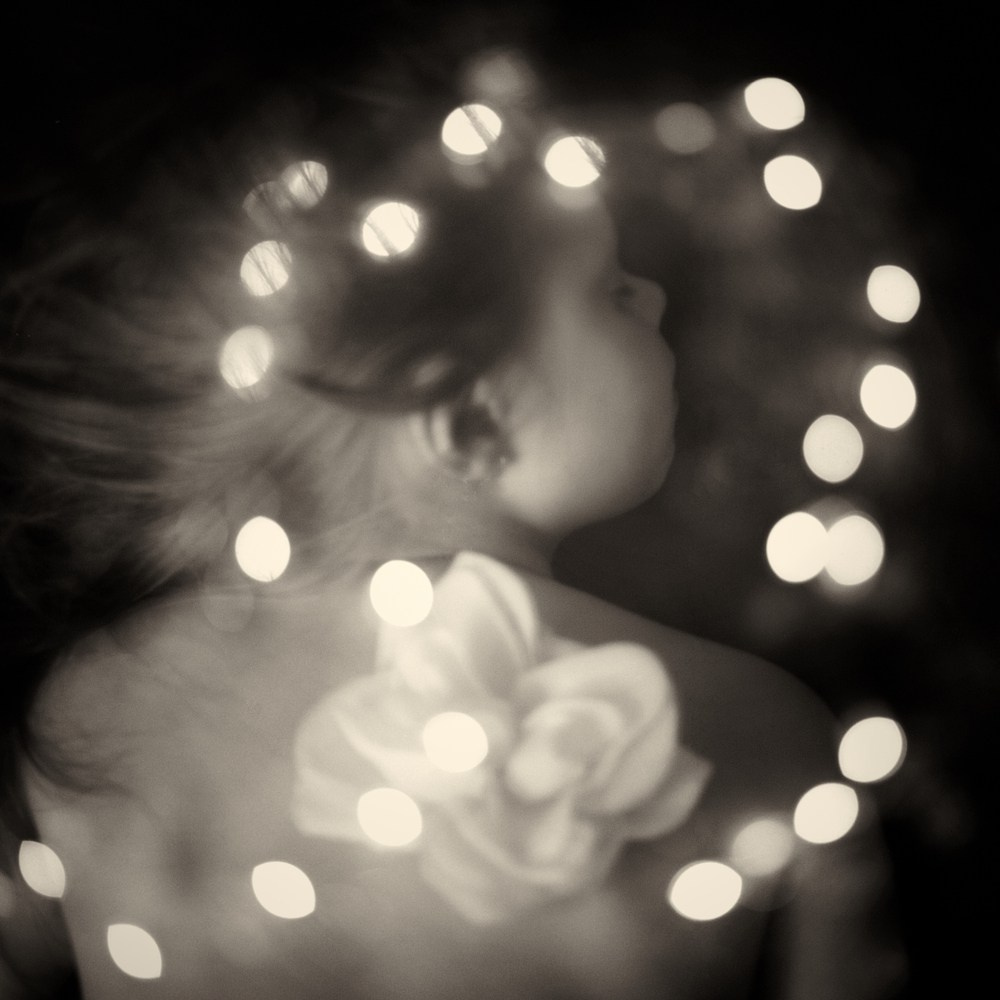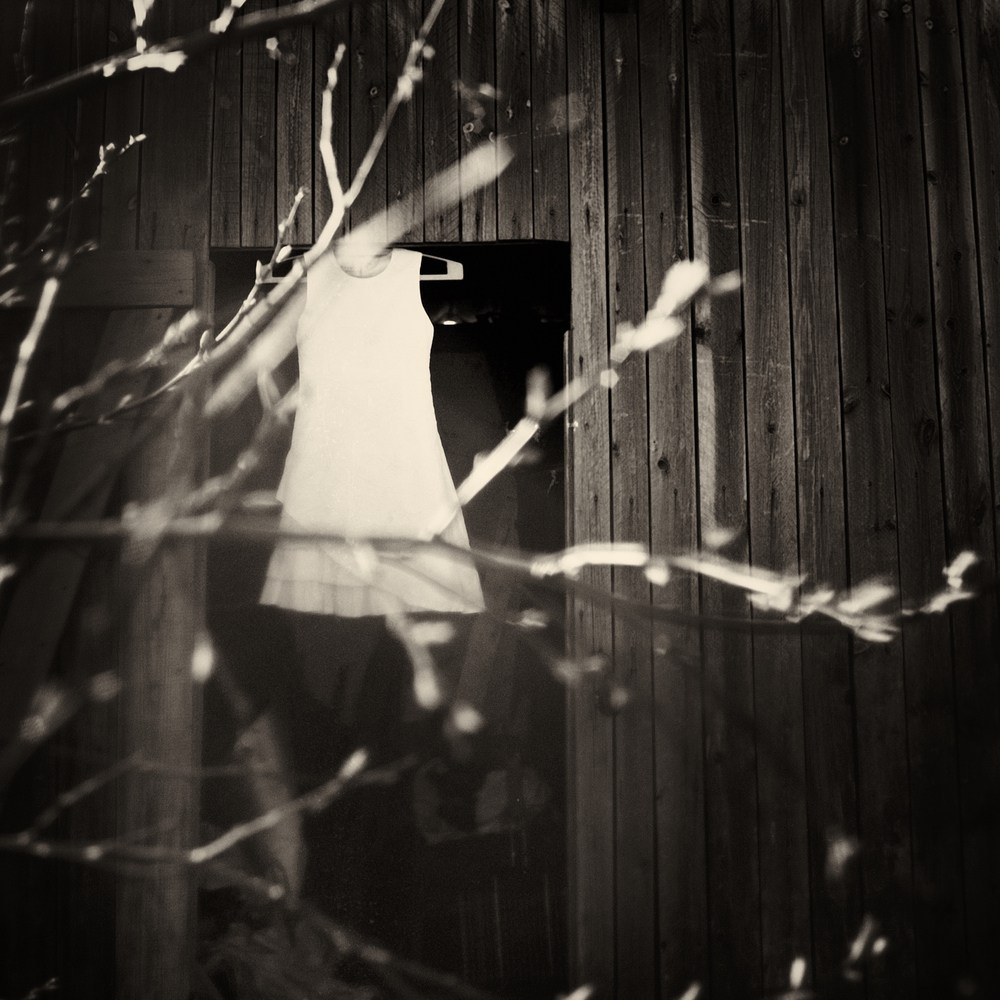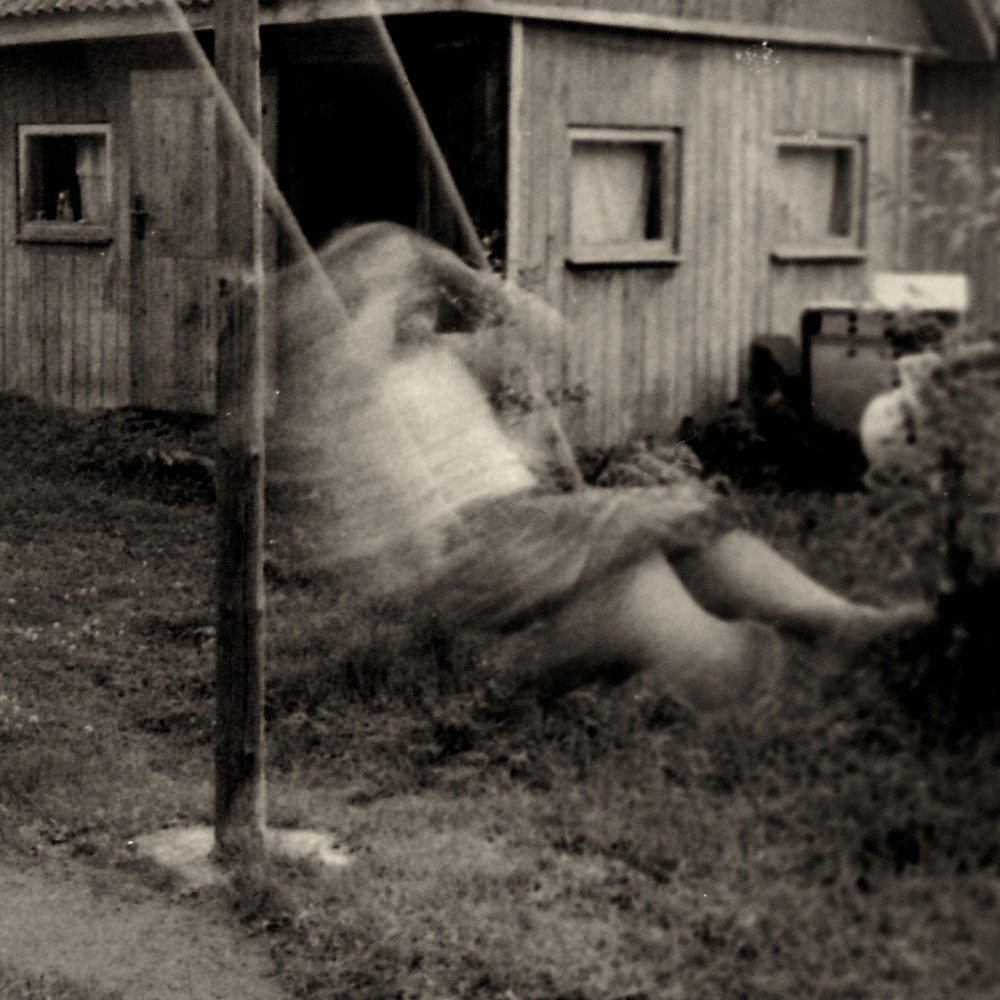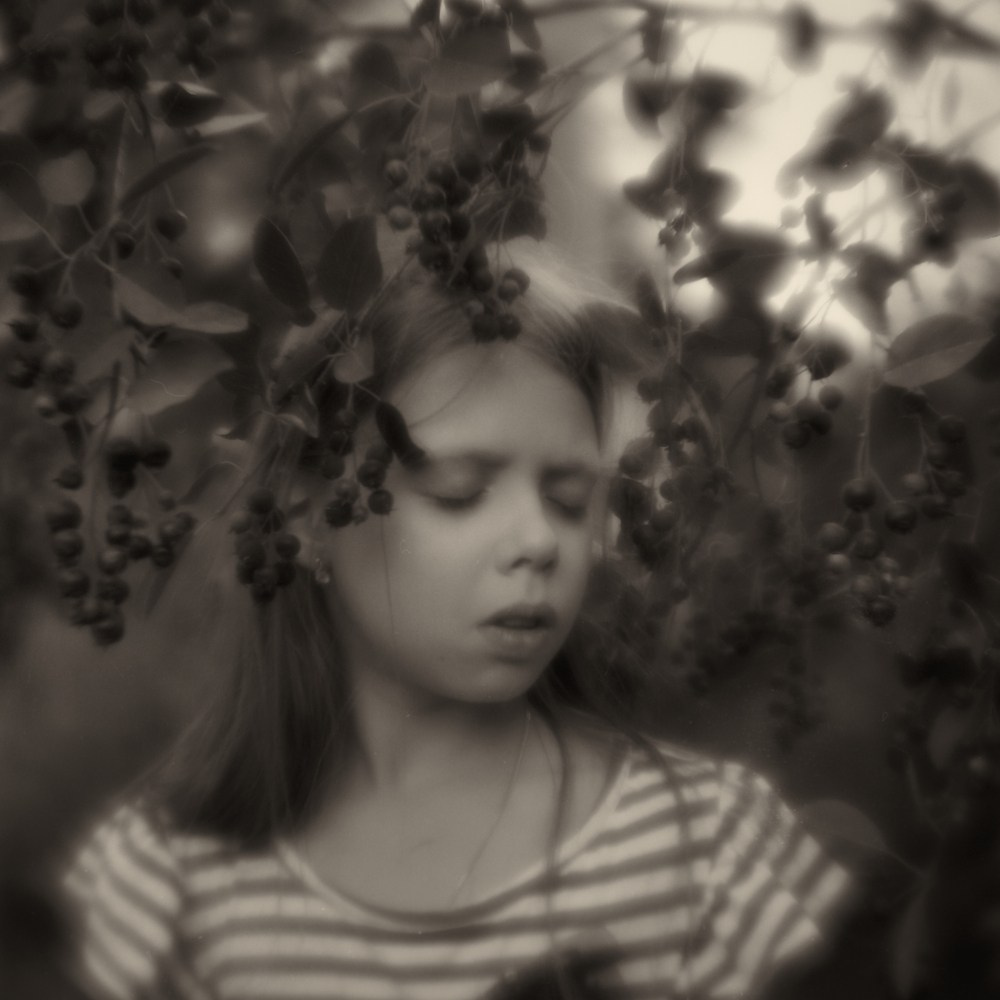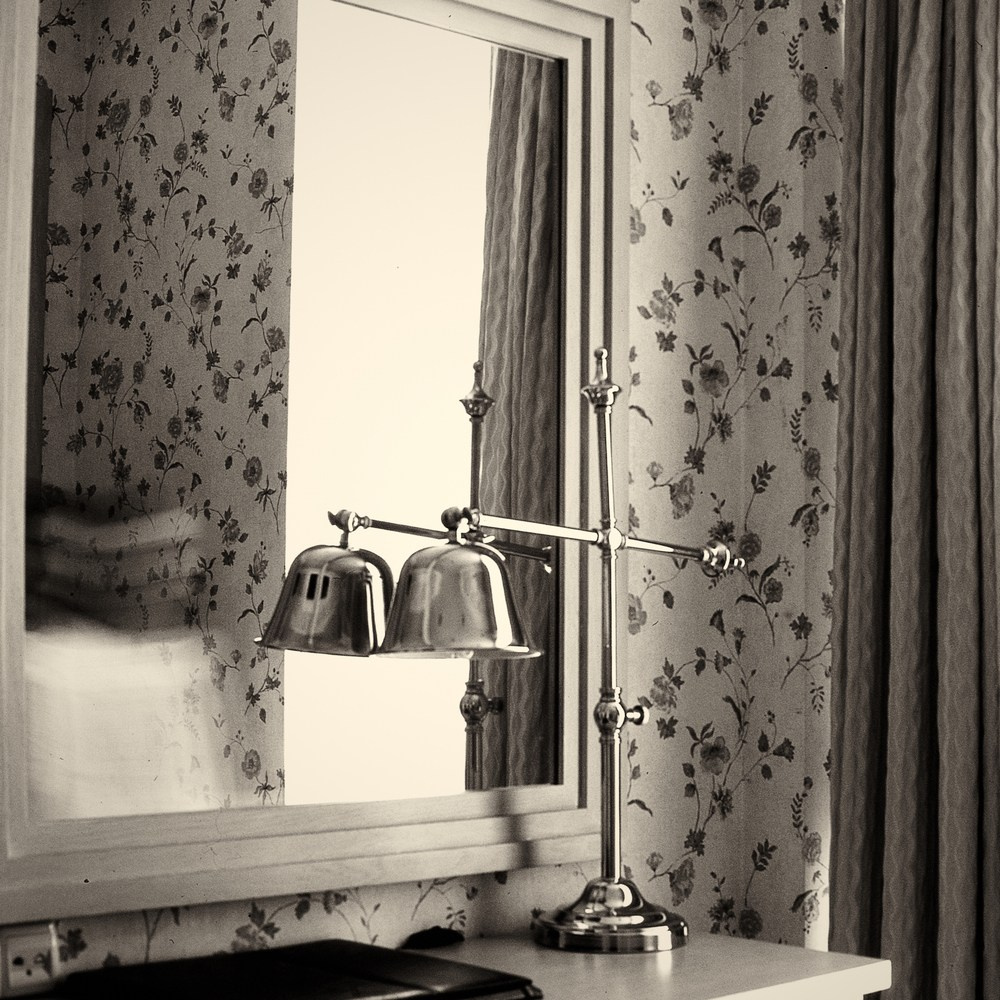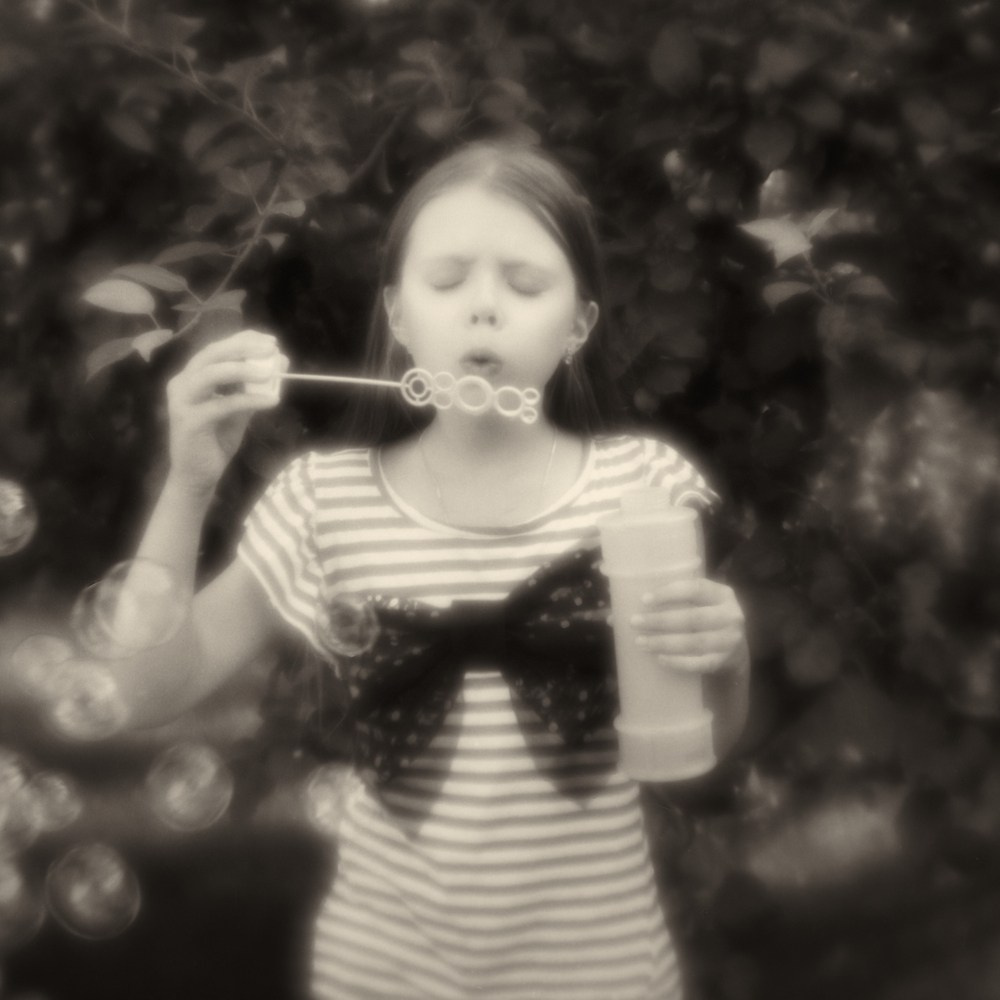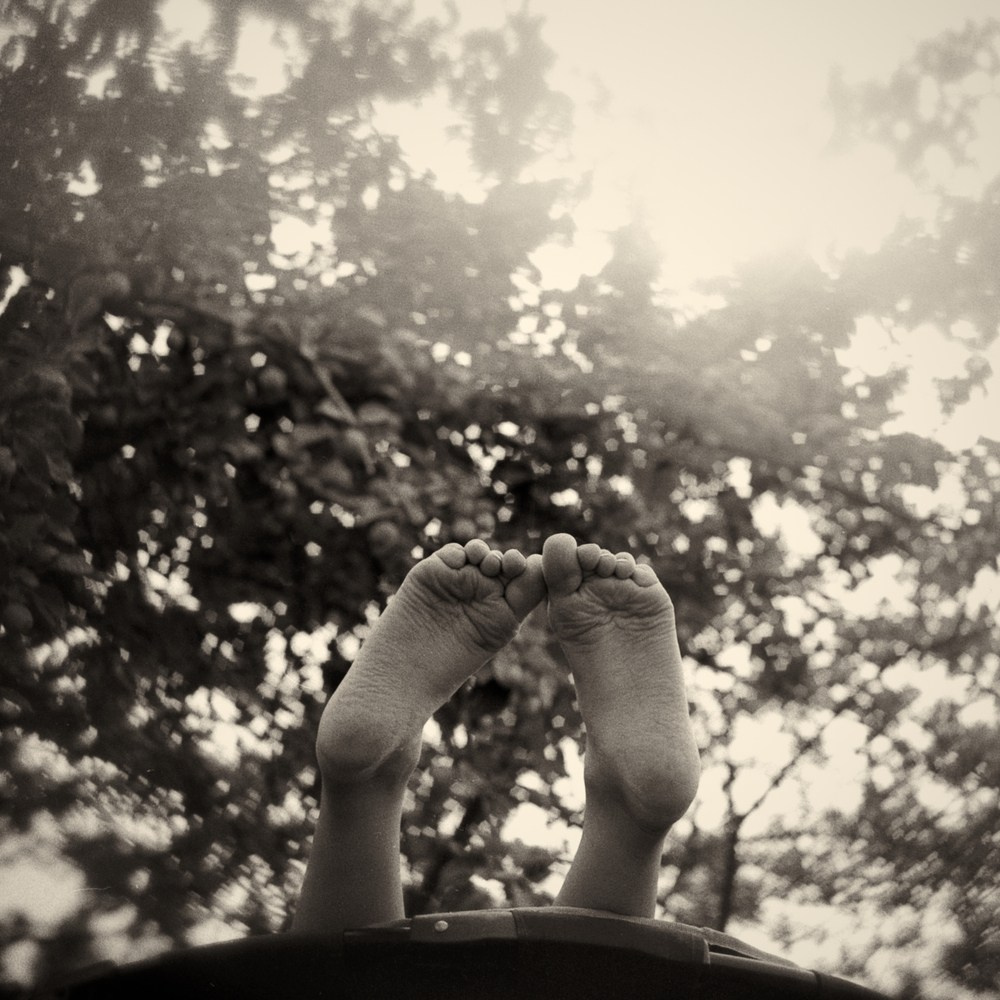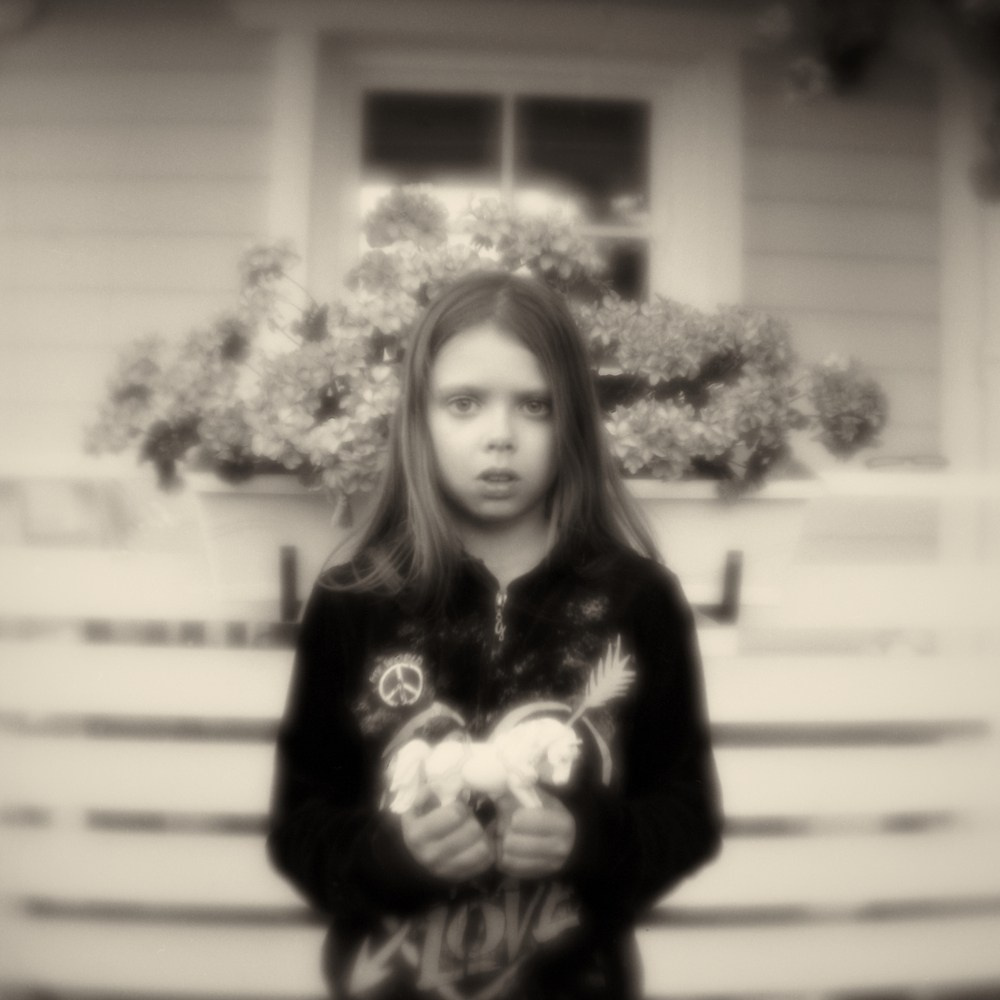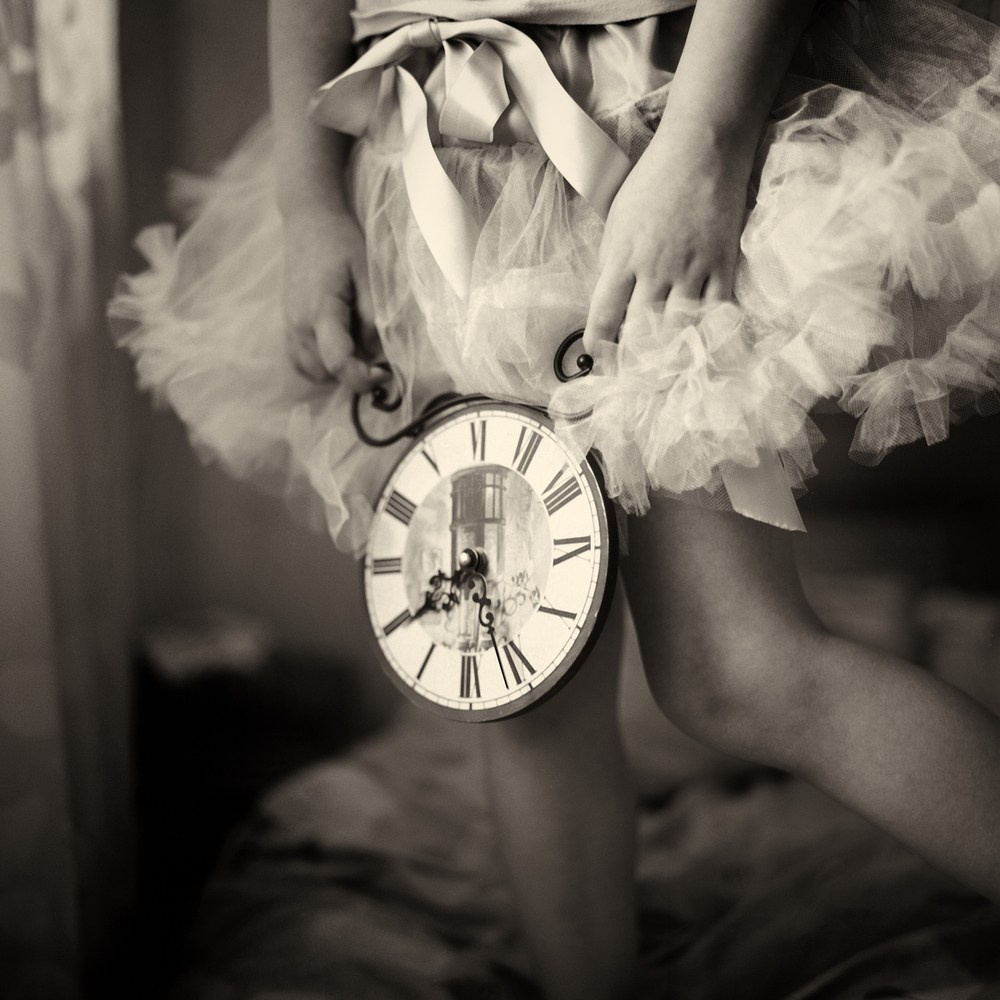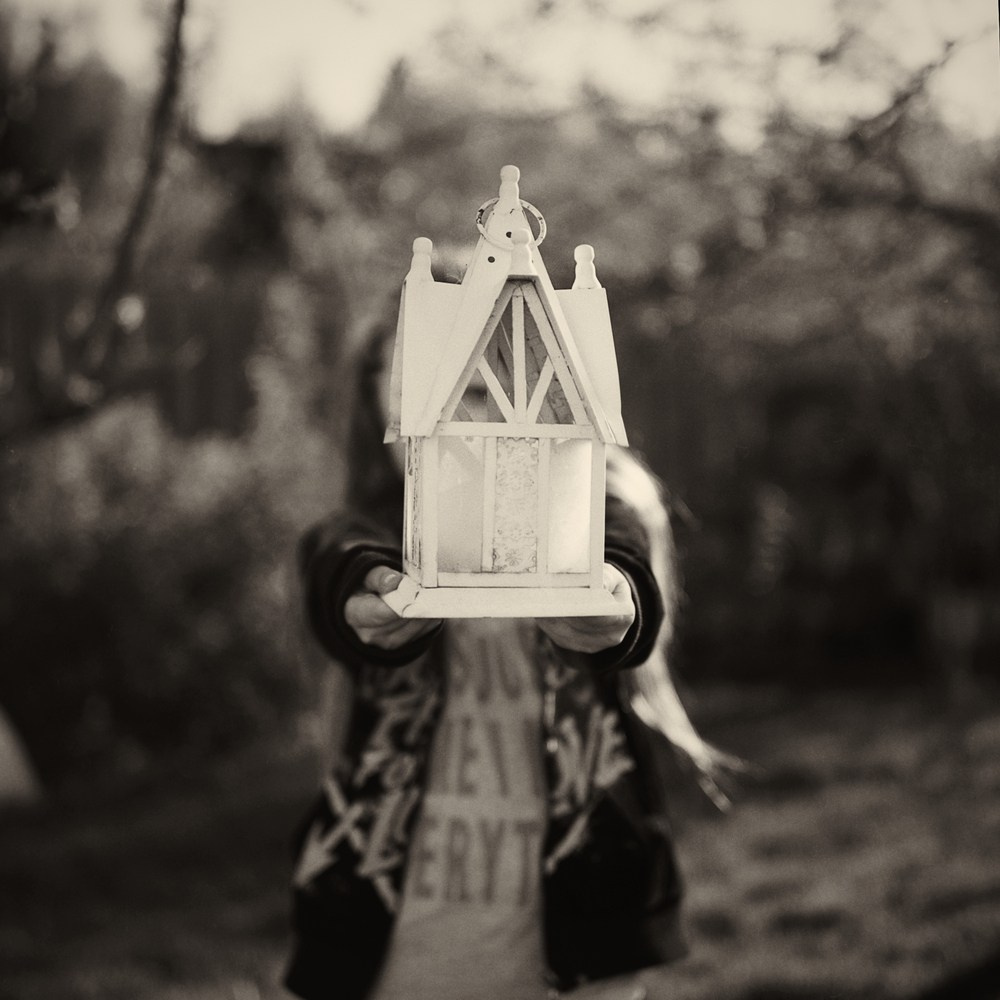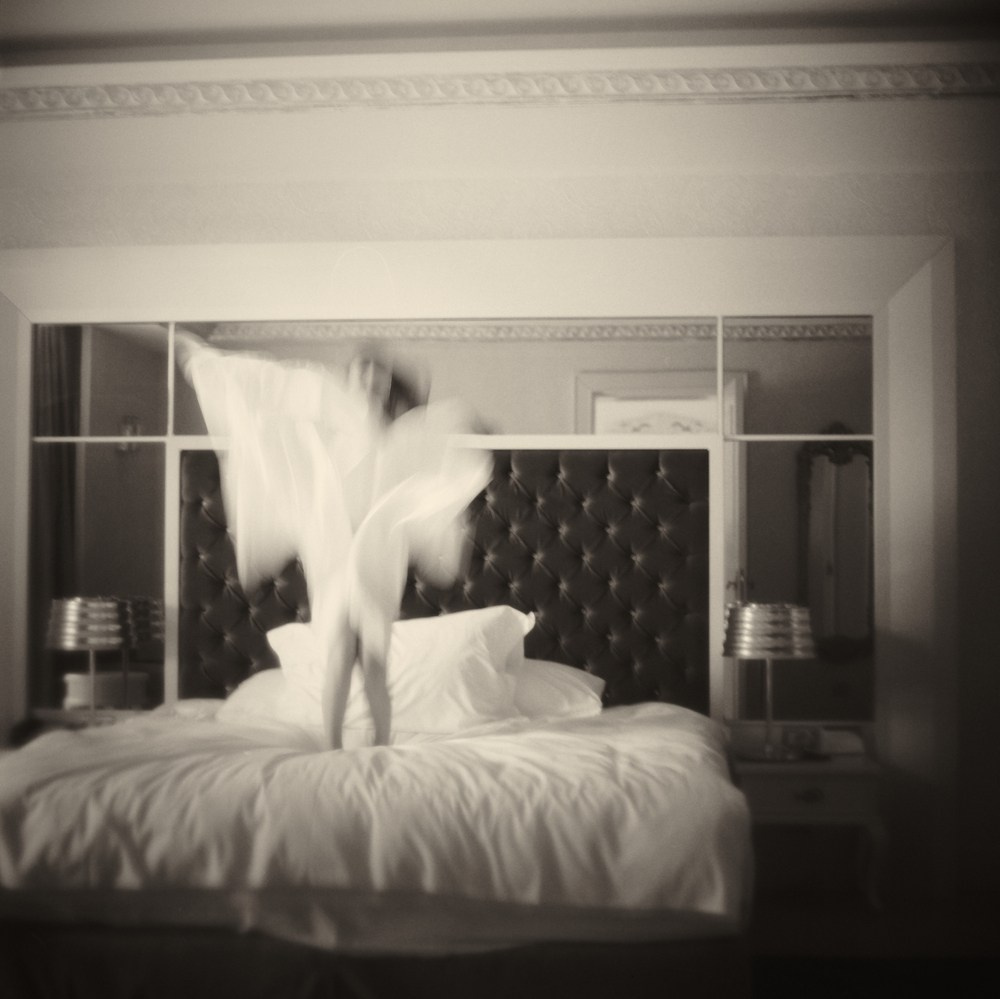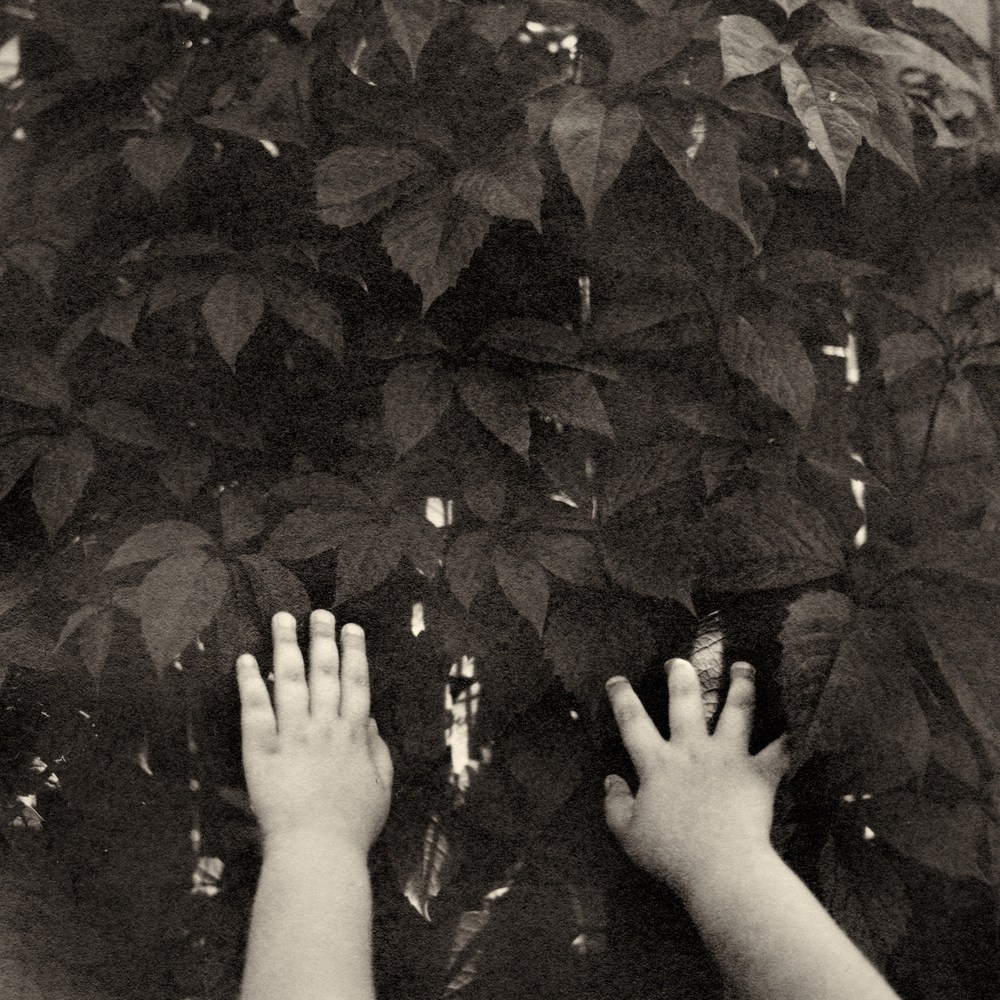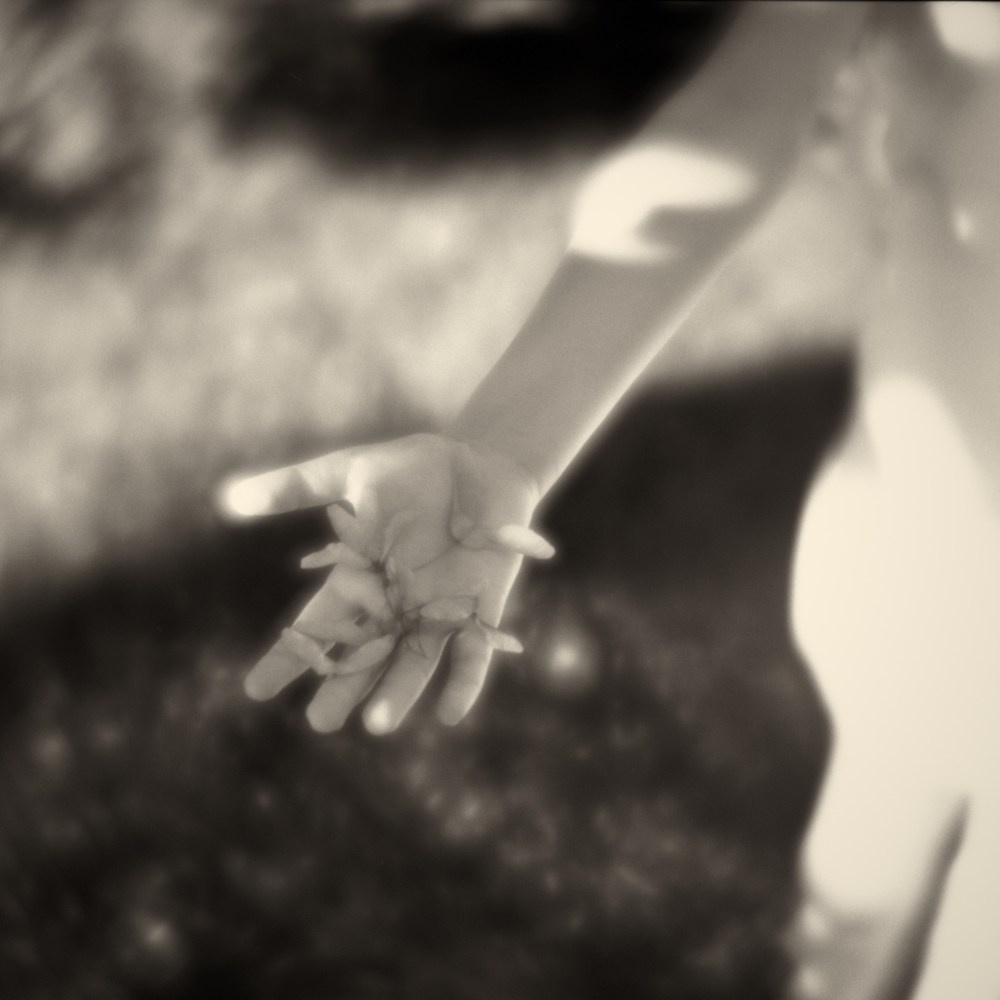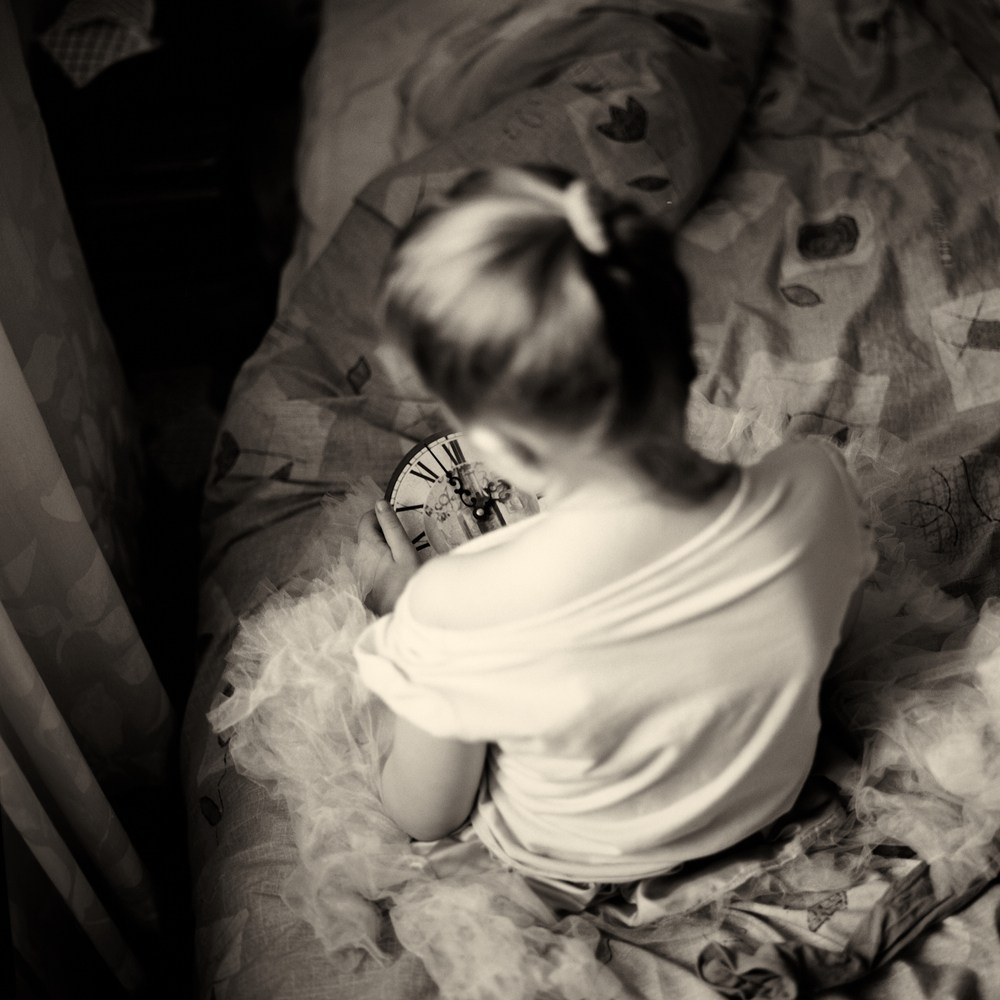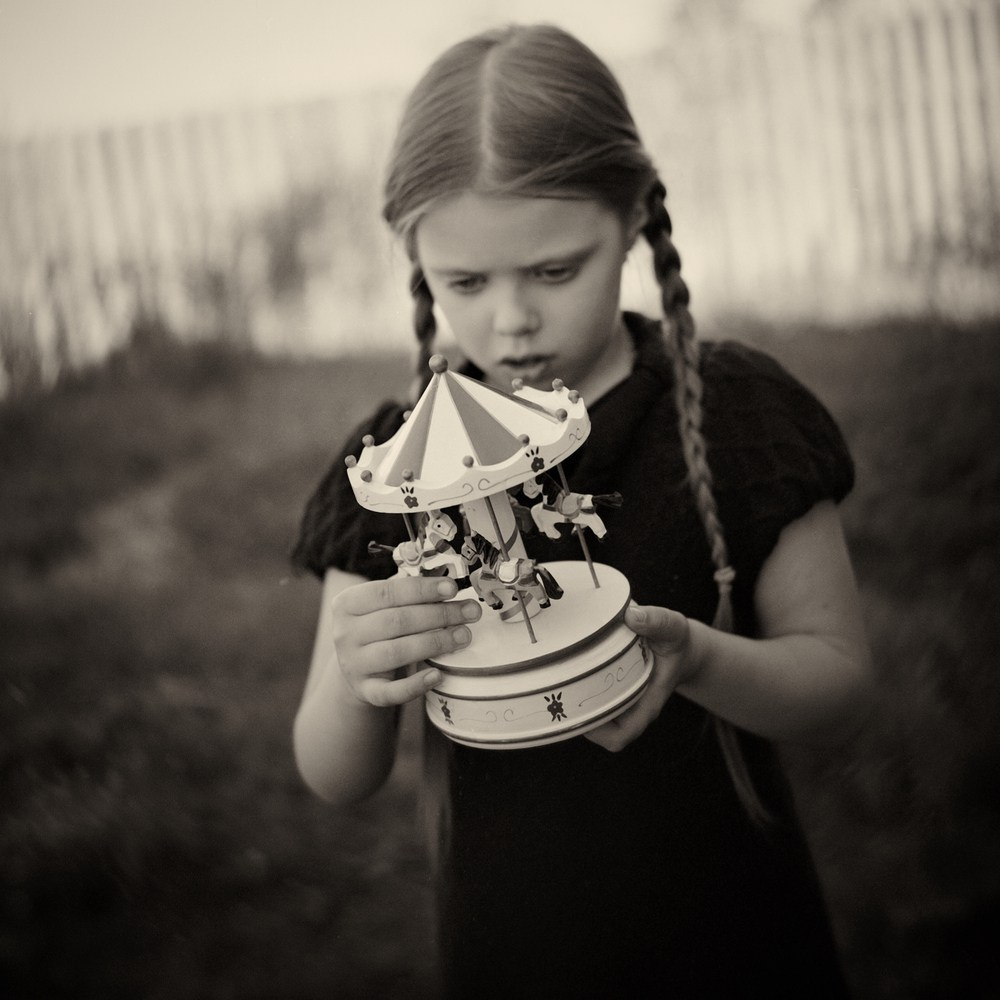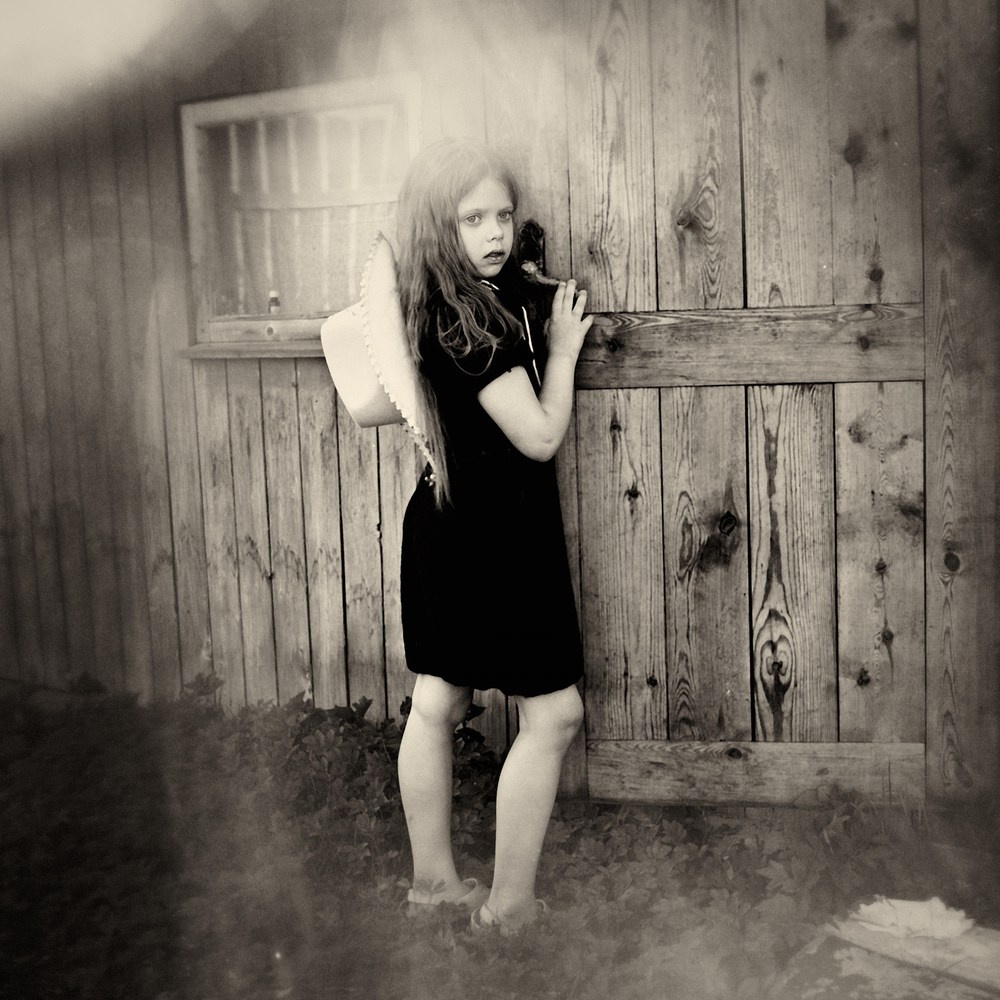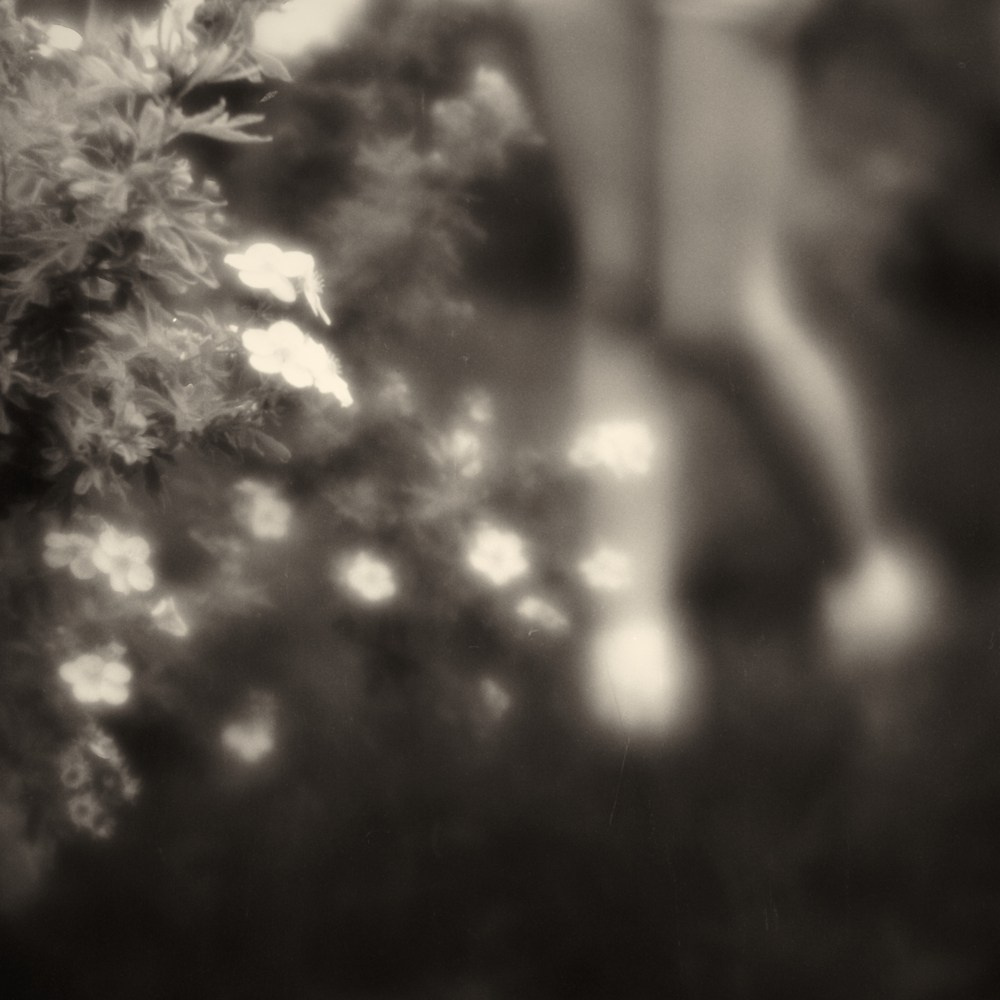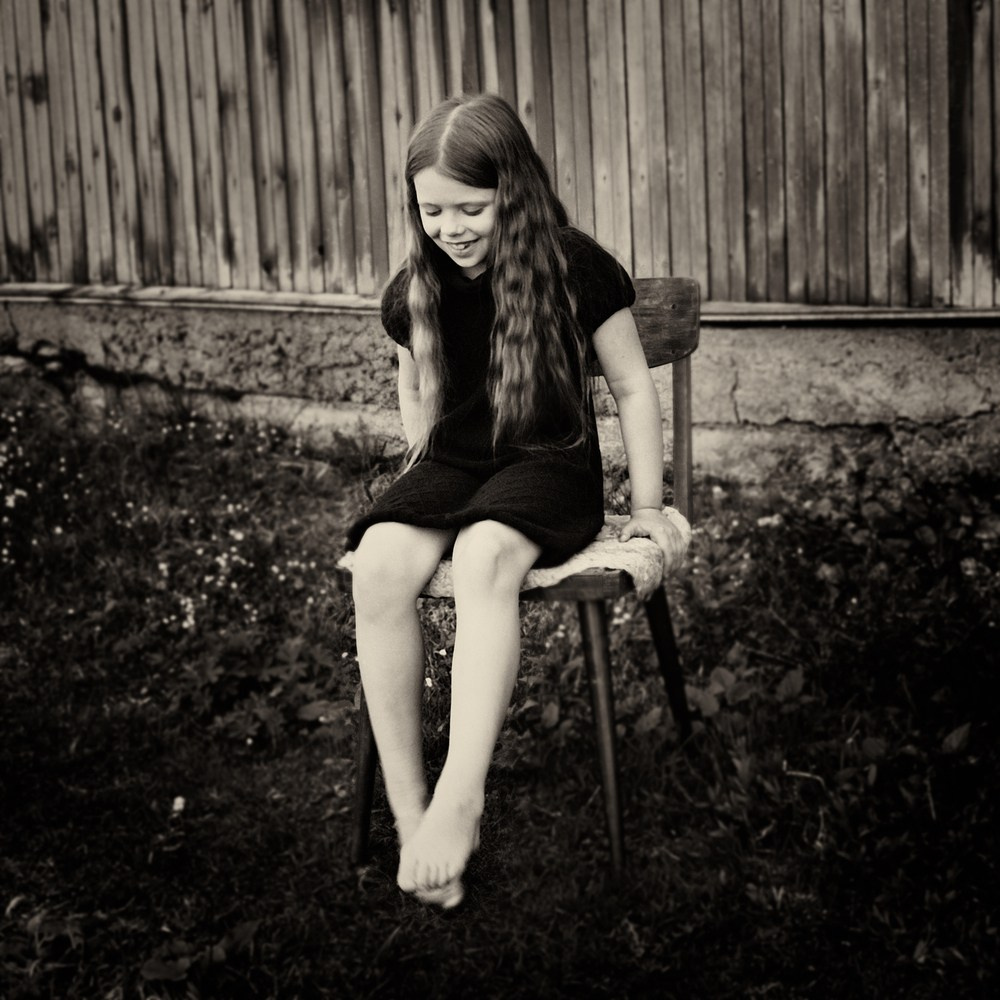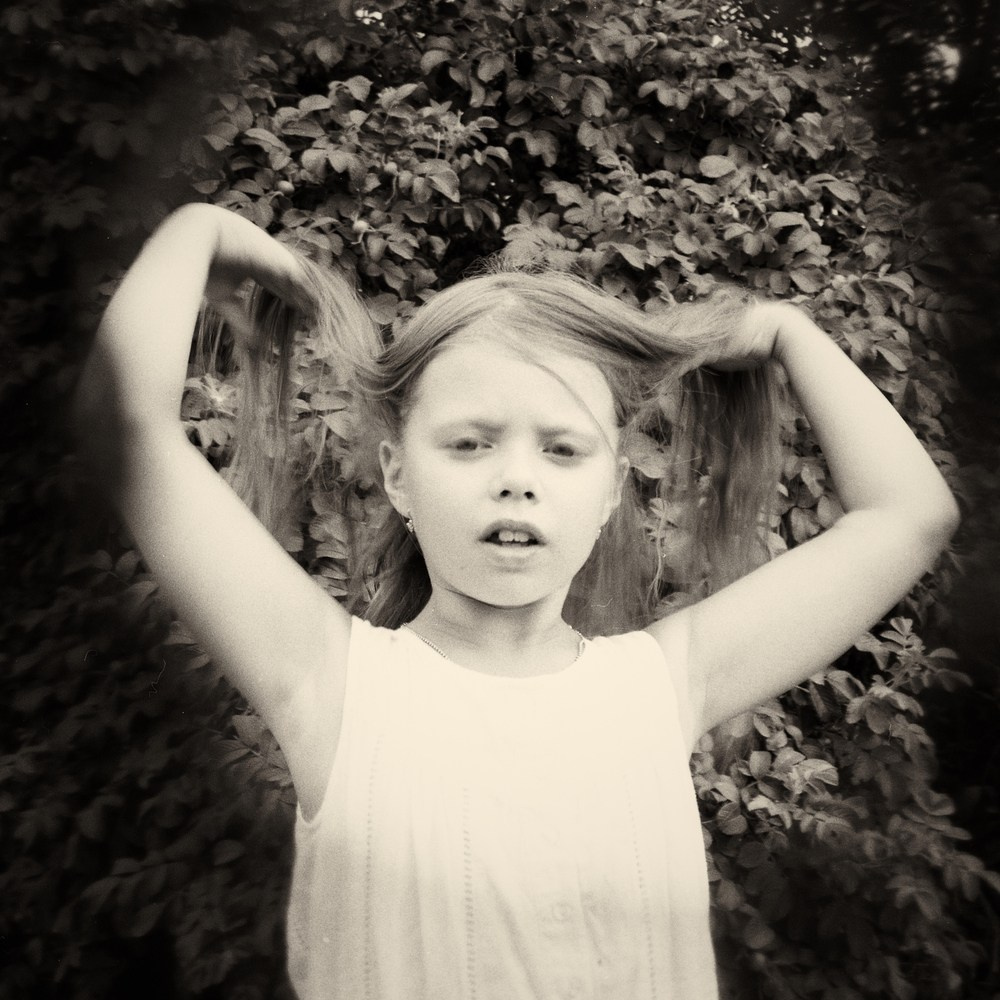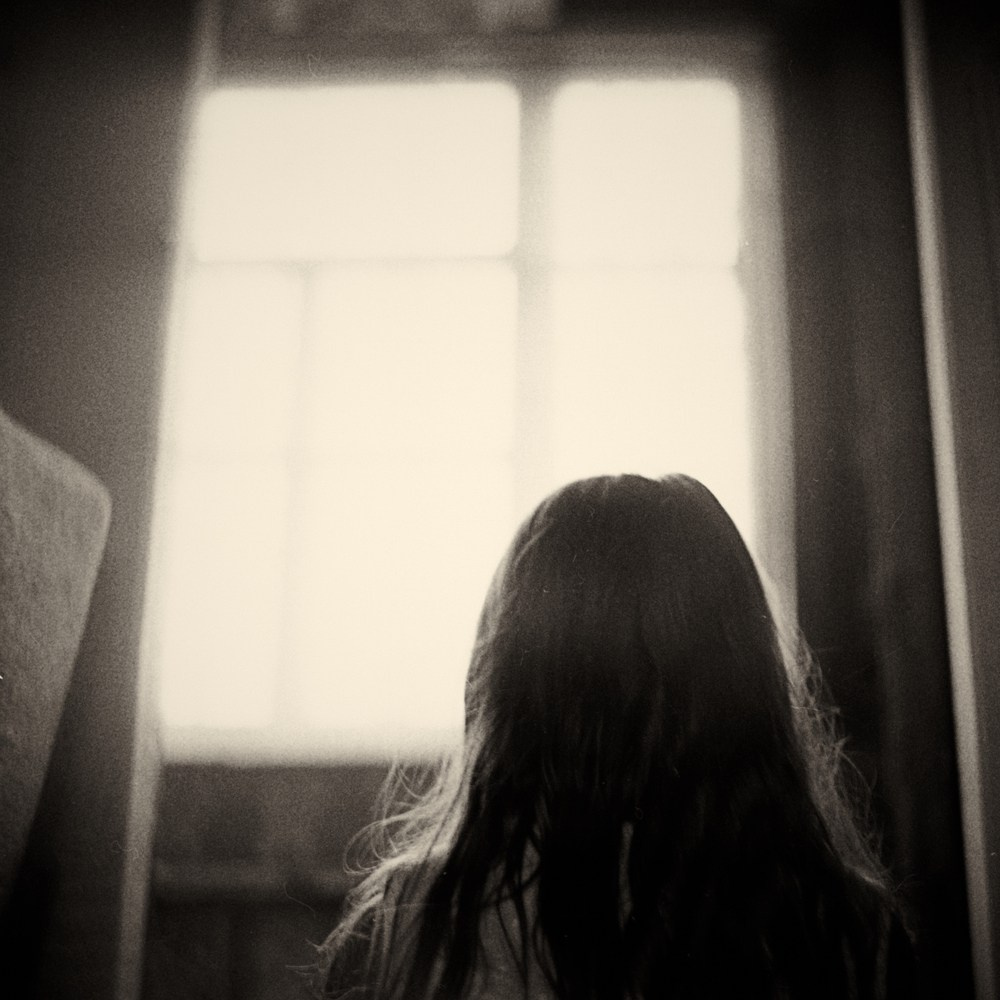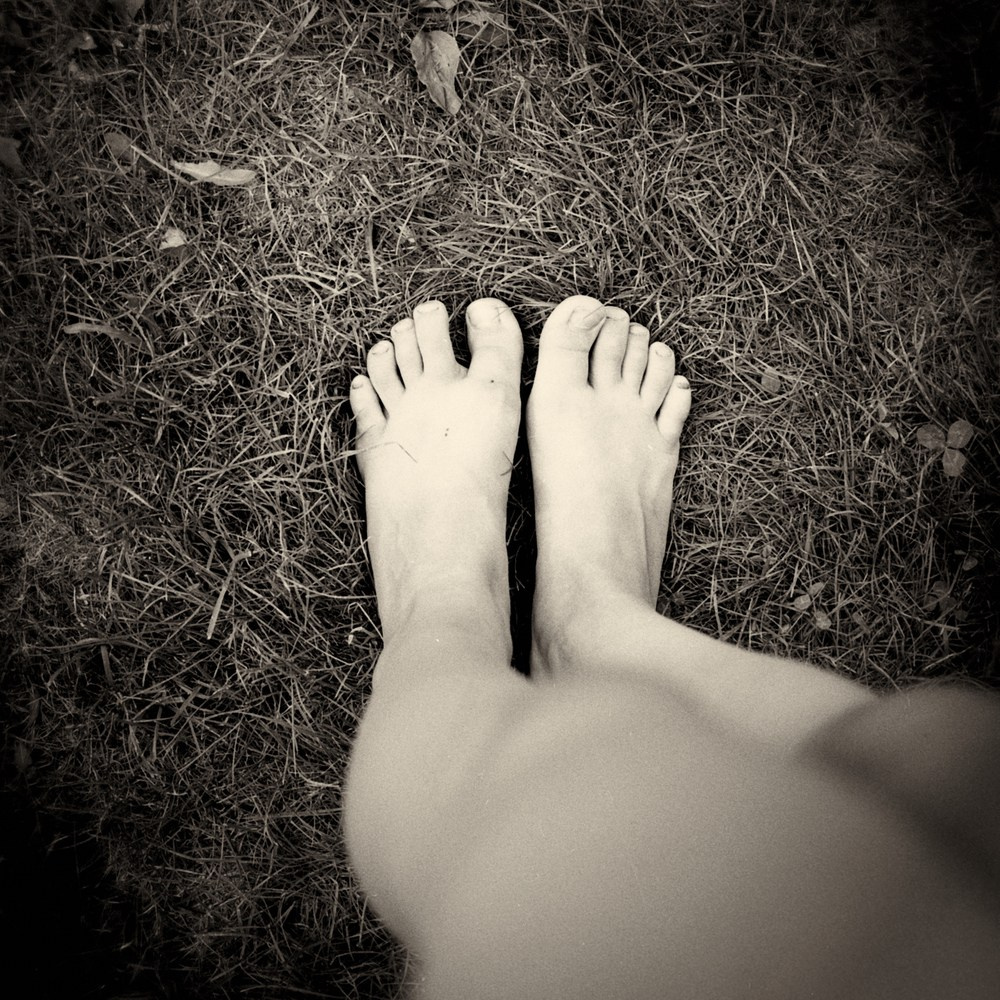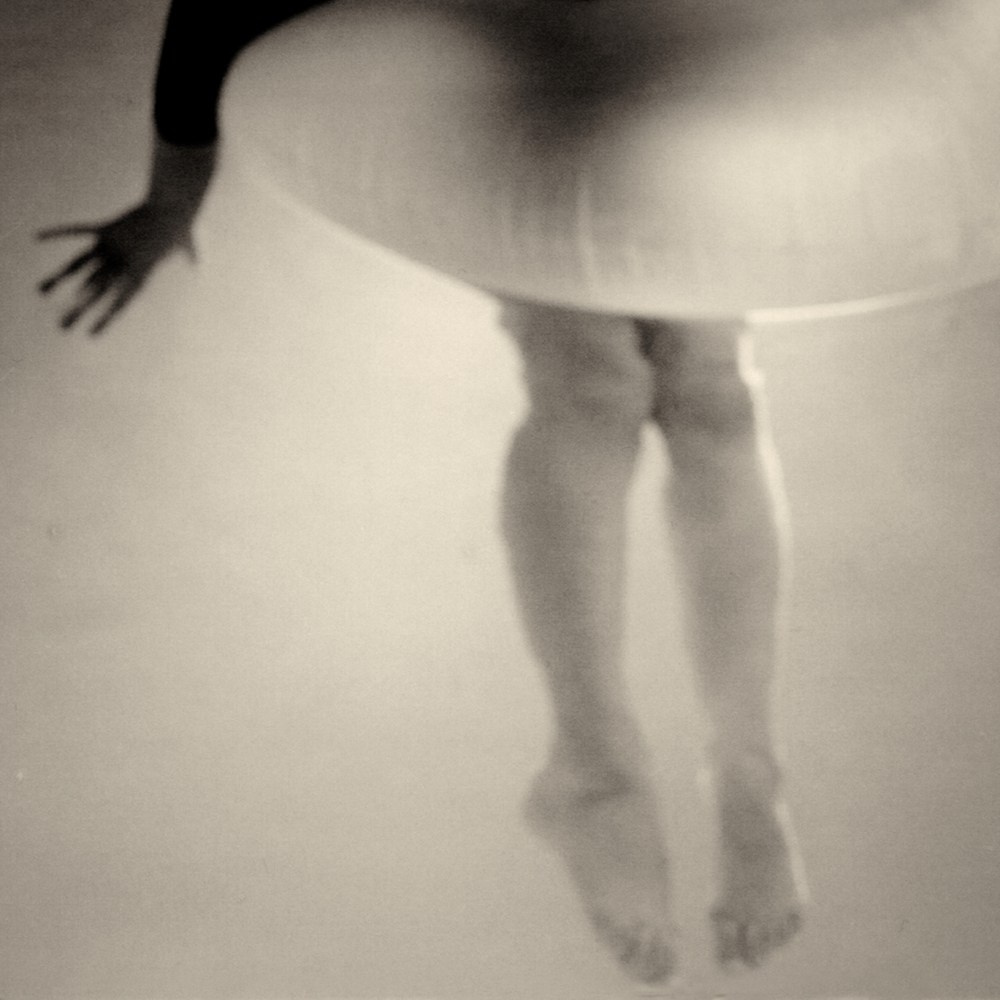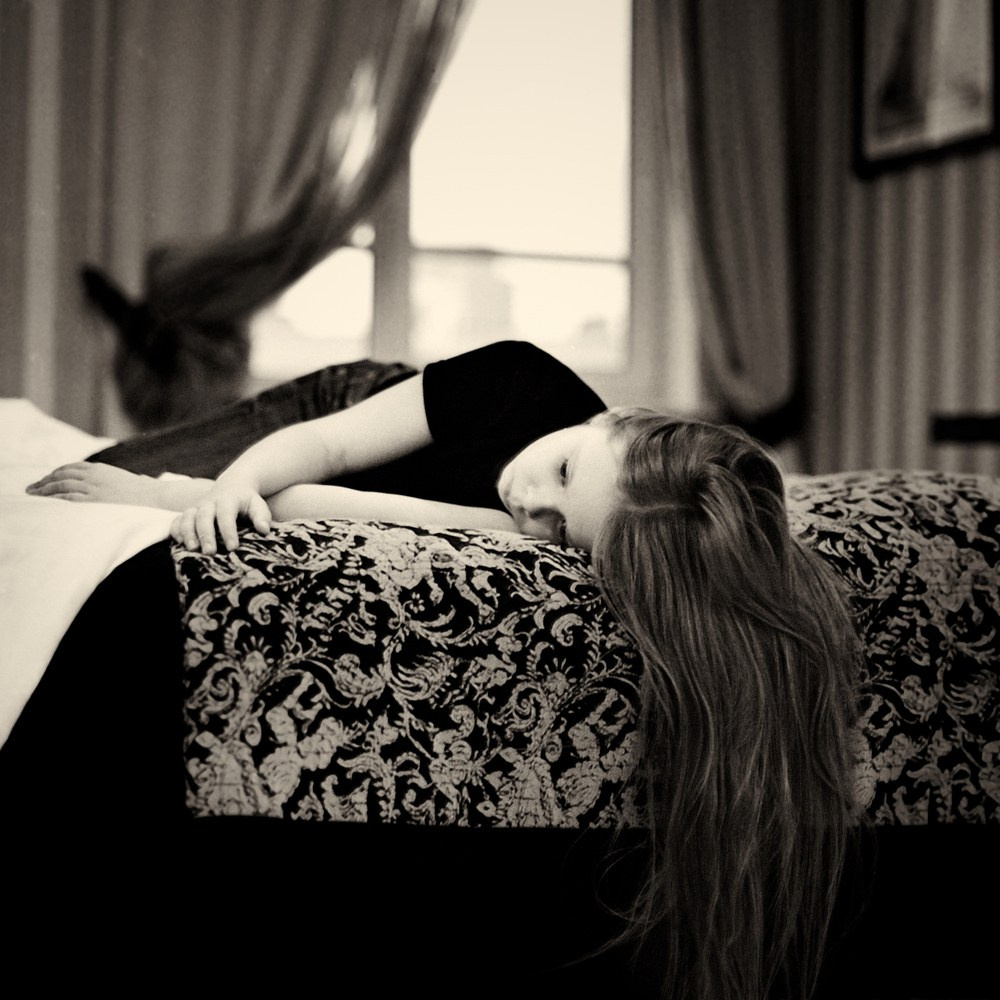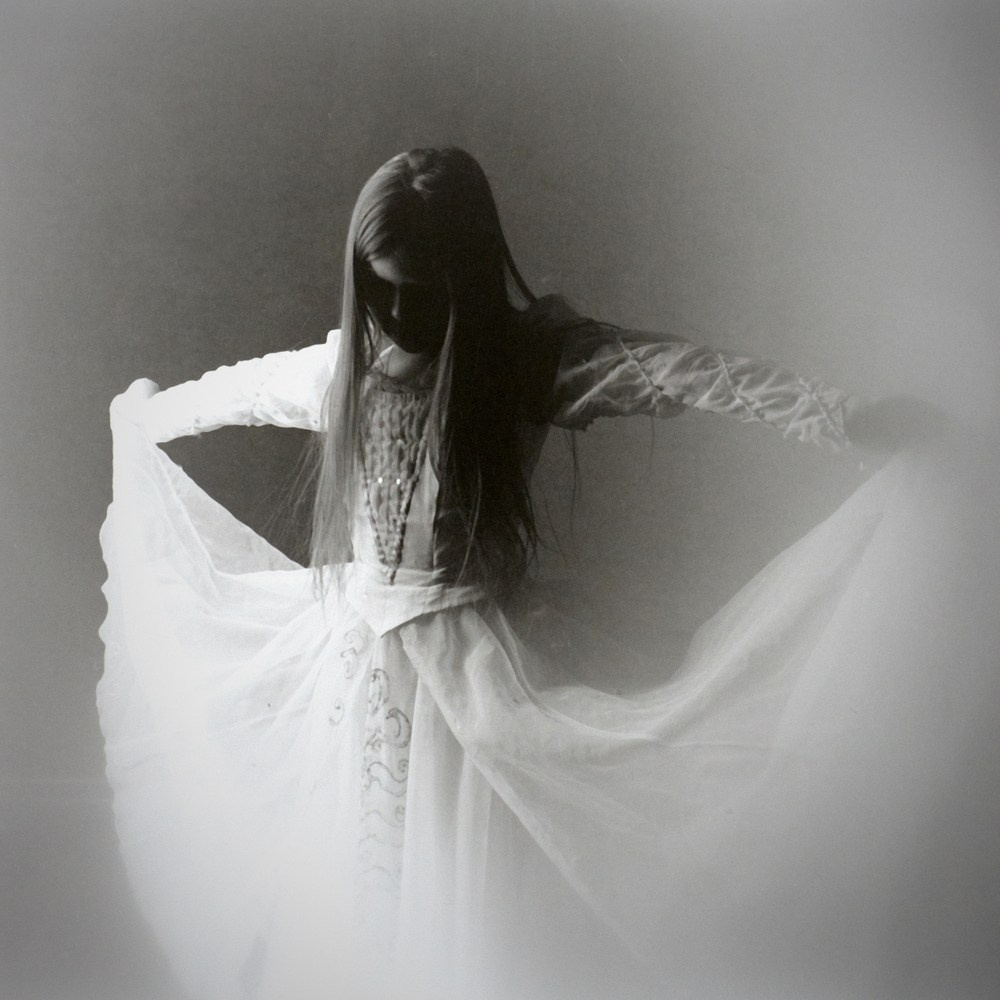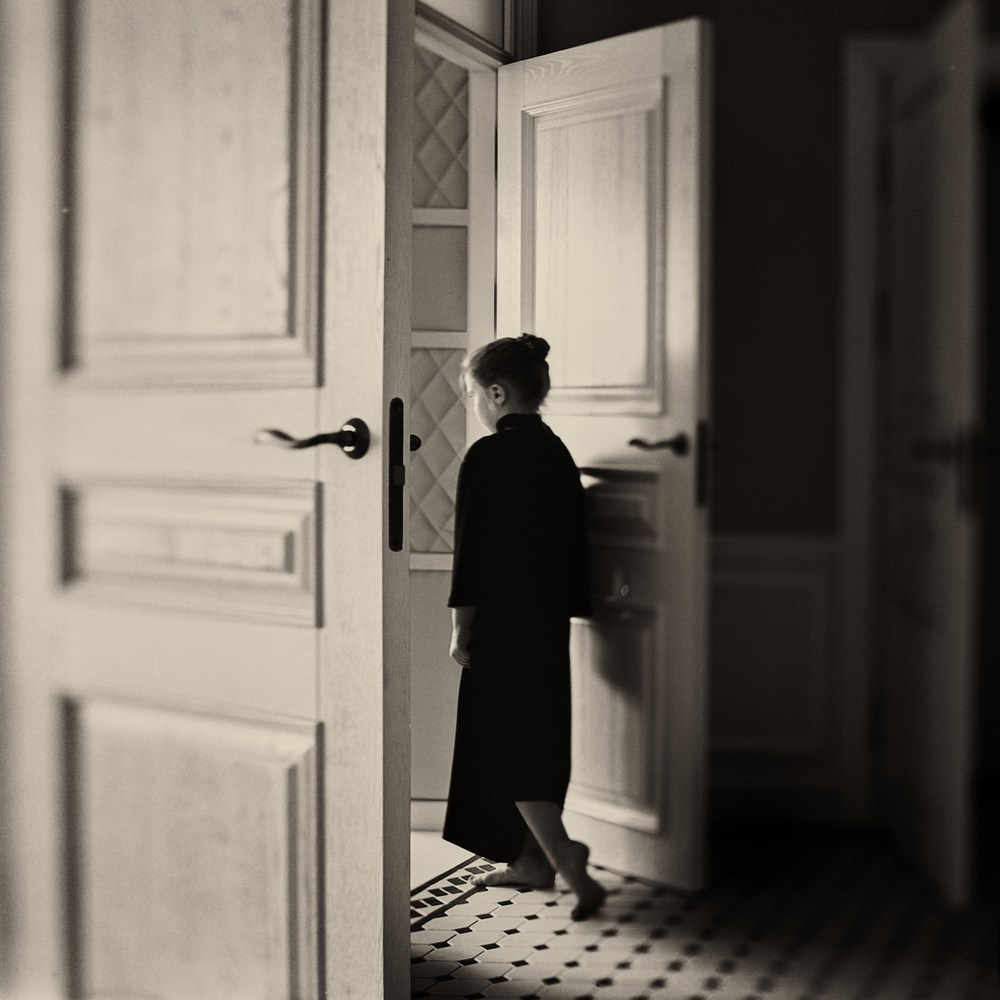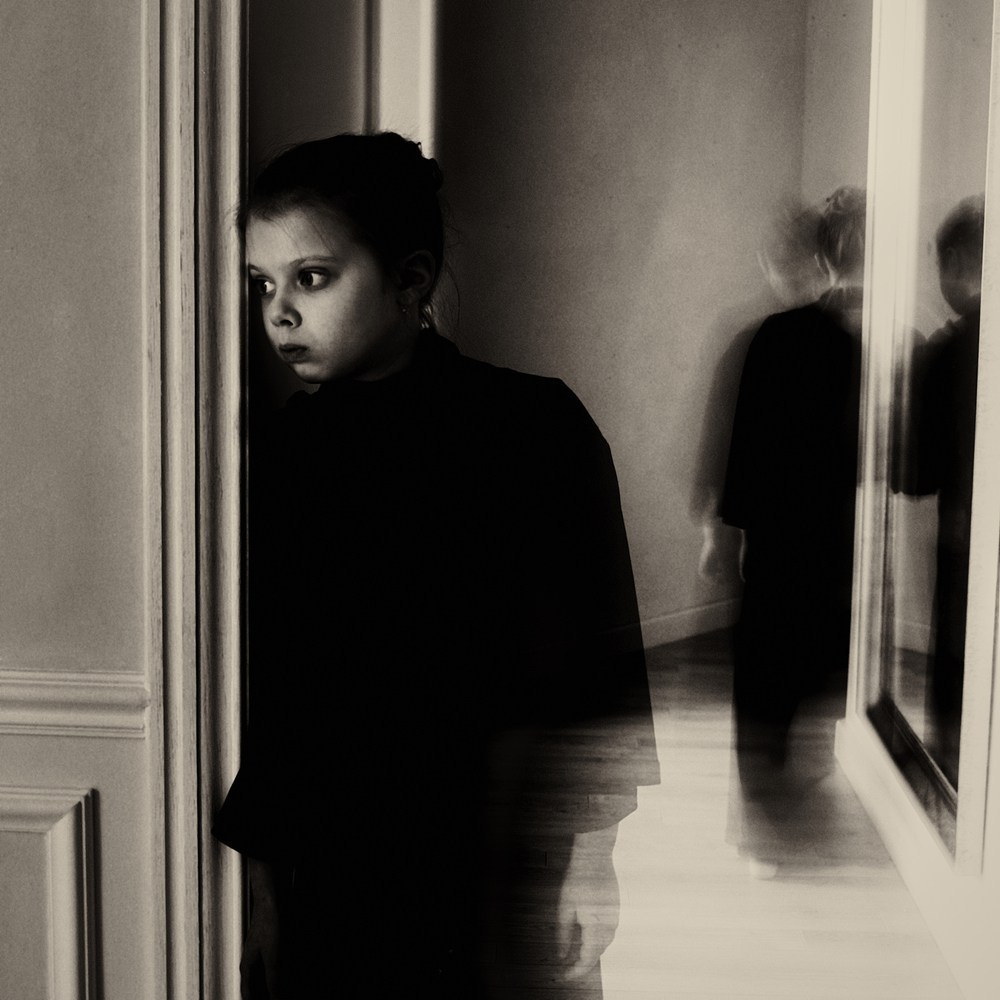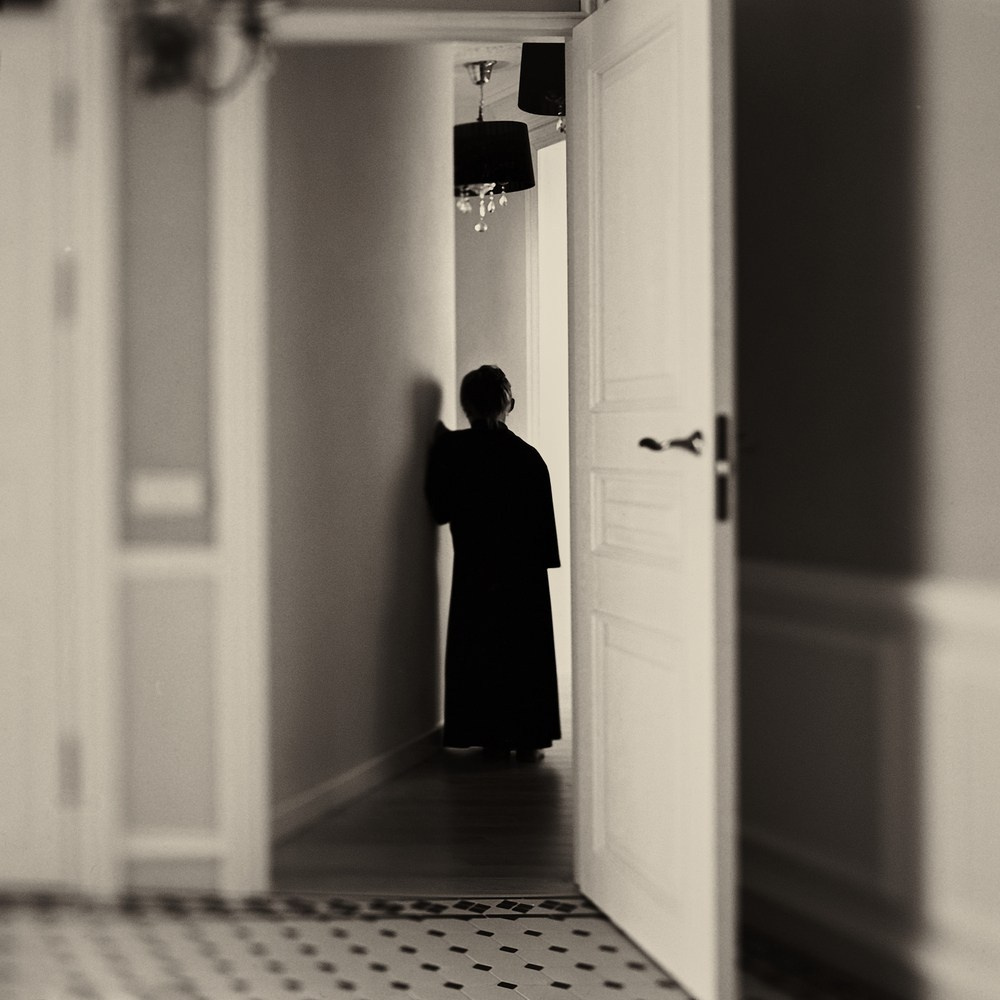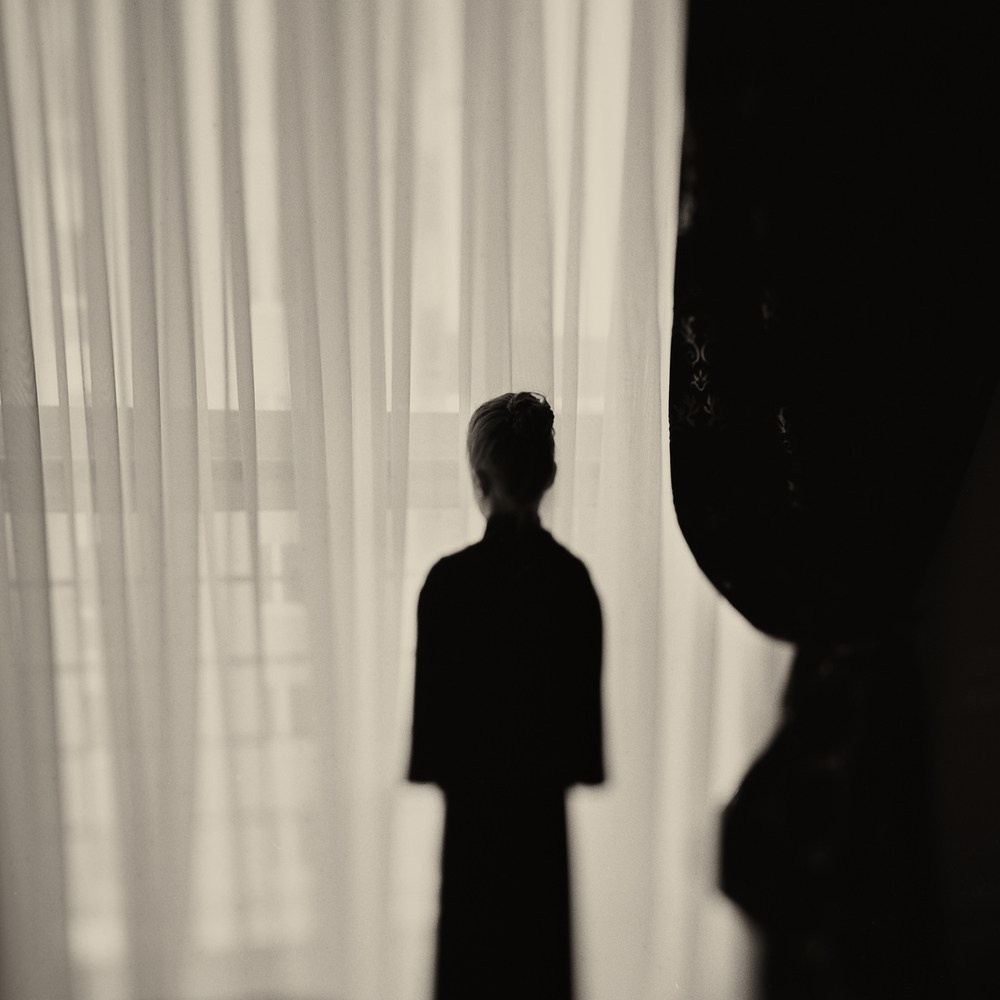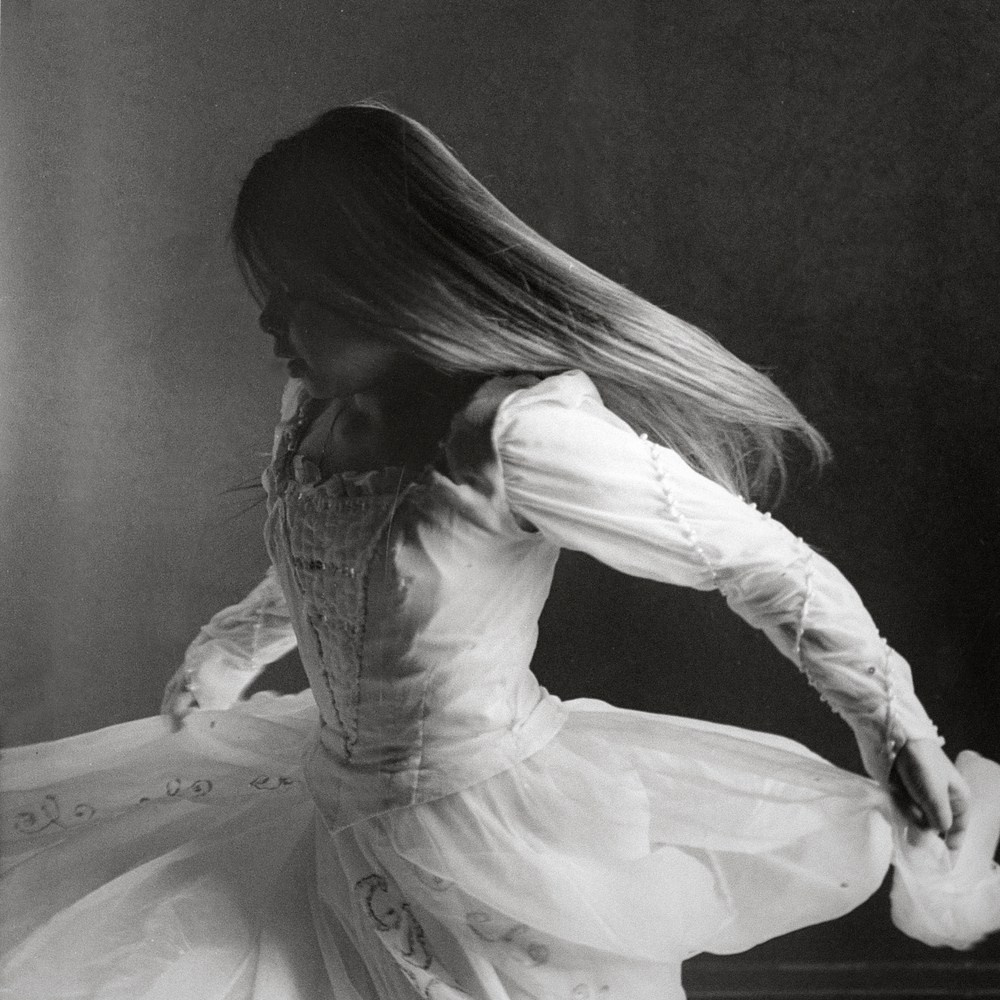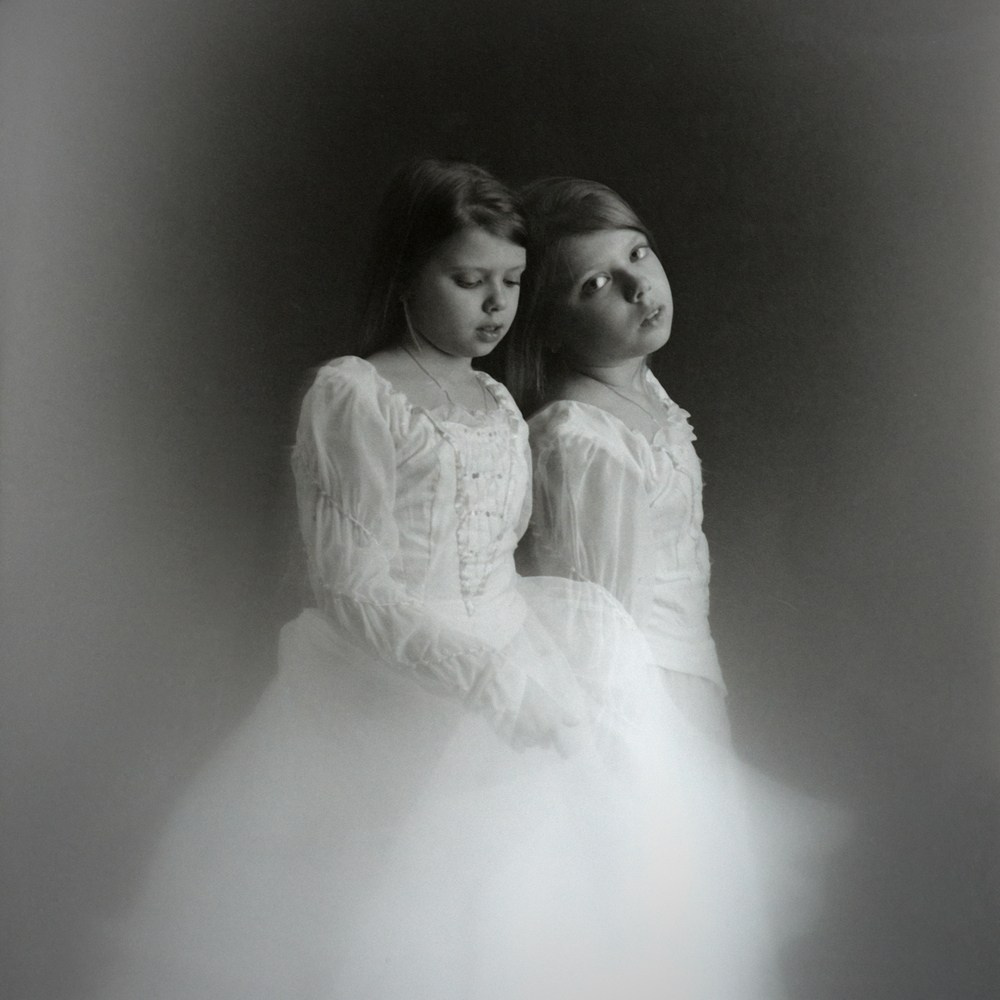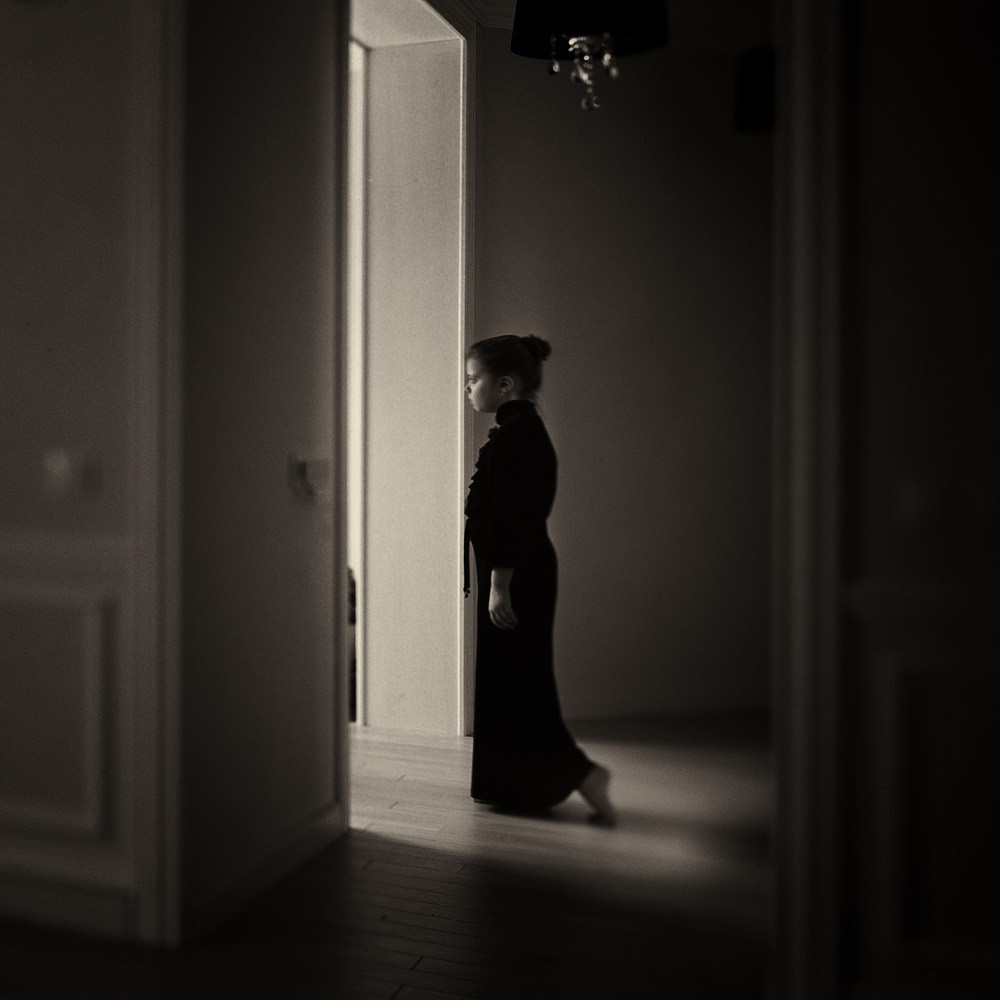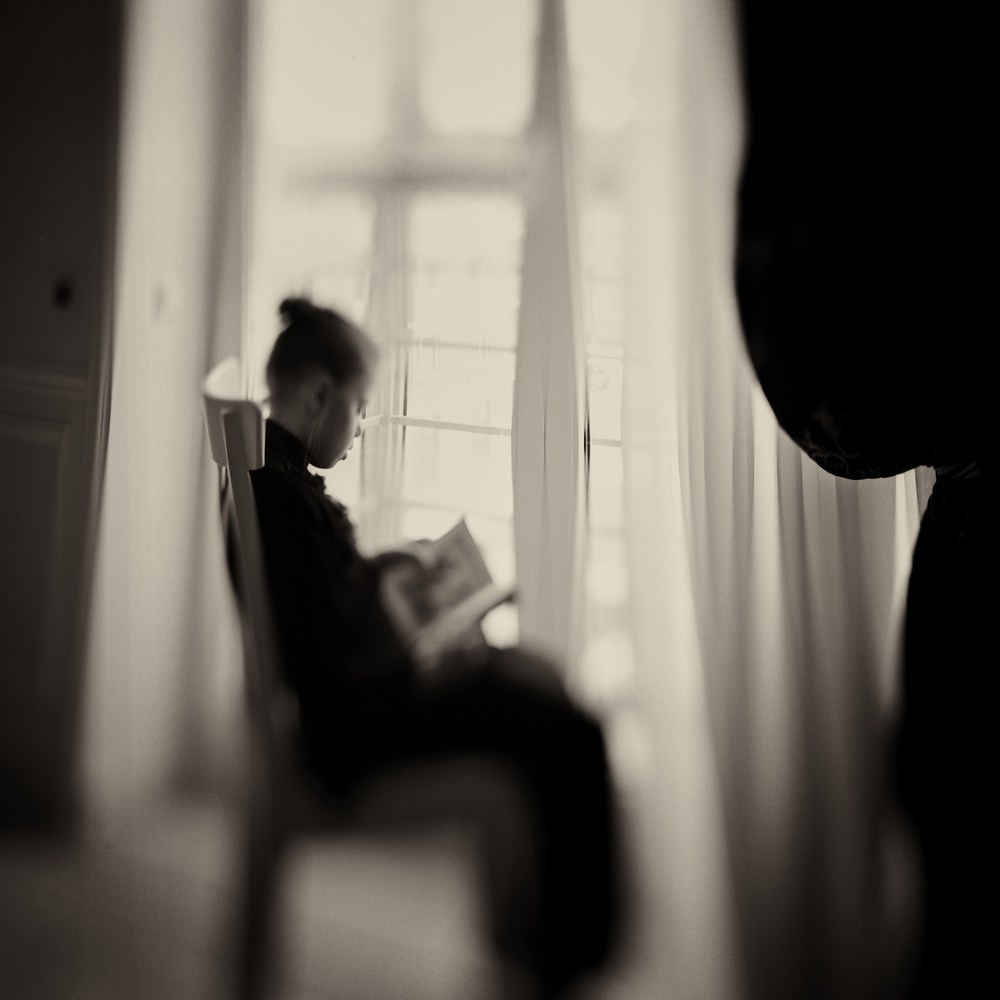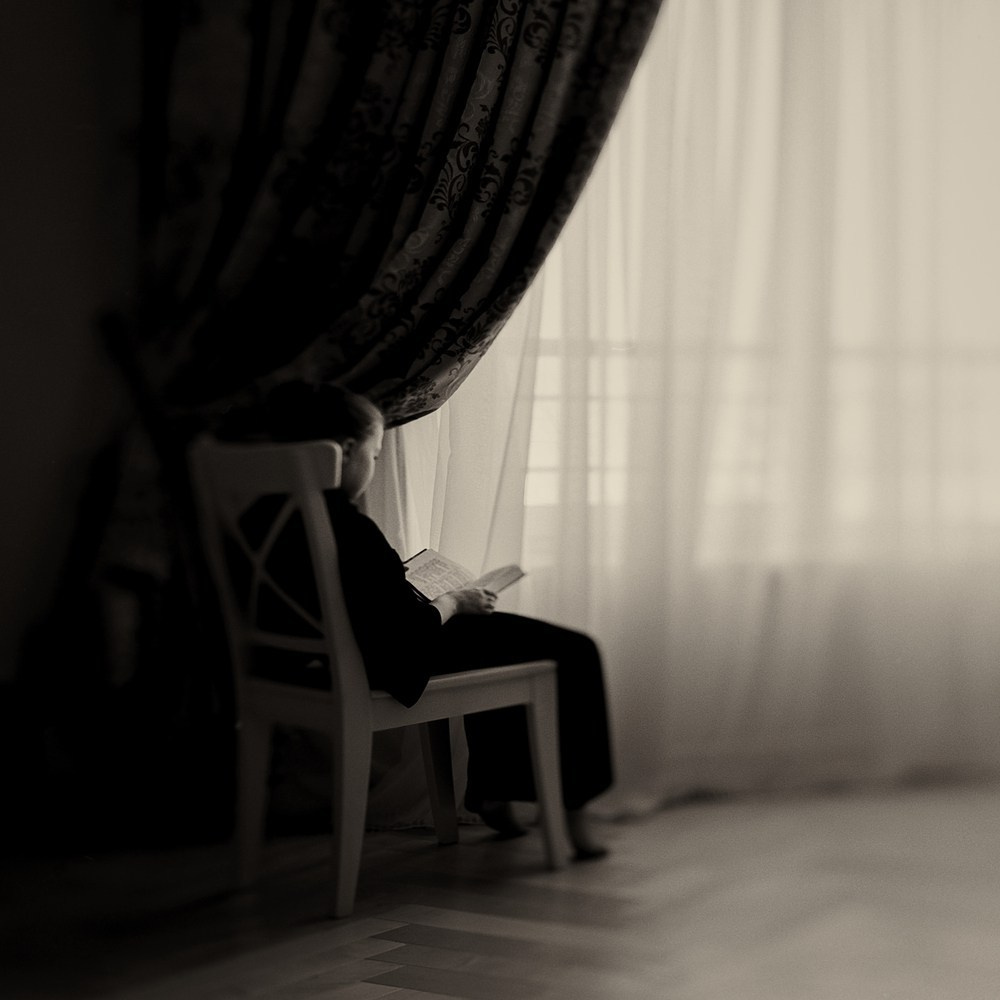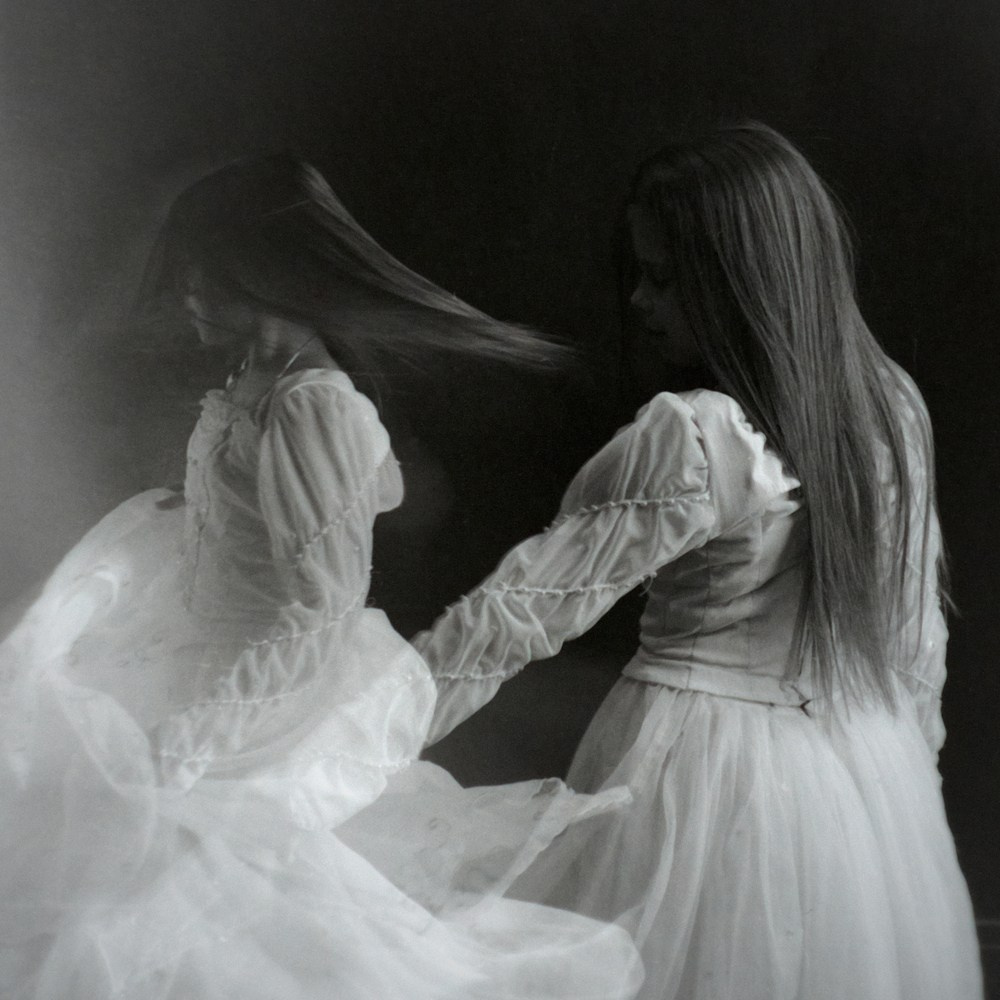“Letters from childhood”
film photography
42 works, 60*60 cm
2014
In the series “Letters from Childhood, ” I perform a subtle yet radical deconstruction of the very structure of memory. Here, childhood is not a nostalgic archive, but a battlefield between the fluid, elusive reality of the past and the mind’s obsessive attempts to materialize it in the present. It is an investigation of the digital uncertainty within the human psyche: how vague emotions and fragmented impressions (“a hazy trace of presence”) become the only “data” available for reconstructing a lost world. The choice of medium format film is not merely an aesthetic gesture. It is a strategy of resistance against the digital world. The analog process, with its chemical unpredictability and tactile materiality, becomes a fragile aesthetic refuge for memories too vulnerable for the purity of the digital. Visual effects (blurring, double exposures, grain), achieved exclusively at the moment of capture, are not defects but a materialization of the very deformation of memory. They are visible metaphors for how time and the psyche distort a clear, sunny day, turning it into the unnaturalness of the familiar. The frames in this series are not photographs of objects, but photographs of processes: the process of remembering, the process of forgetting, the process of seeking refuge in an internal landscape. Scanning the negatives and digital printing is a key conceptual step: it is the translation of the analog trace of memory (the film) into a digital code, emphasizing the fragility of the transition between worlds (real/remembered, analog/digital) and the inevitable vulnerability of any artifact of the past in the face of modern recording technologies. “Letters from Childhood” is a dialogue with the fear of the disintegration of the self. I create aesthetic shields from light, shadow, and the grainy texture of film, trying to hold onto the “silence of childhood.” But these refuges are temporary and fragile, like a dream that melts at dawn. The project proves that the harmony of childhood is unattainable as a fact, but possible as an act of resistance—resistance against complete dissolution in the digital noise of the present through the persistent, albeit inherently imperfect, embodiment of the ghosts of the past. It is a flashlight illuminating the dark corners of the psyche, where aesthetics become the last thread connecting us to the disappearing “I” of childhood.
